Week 183: Forest life
A very wet but relaxing final week in the New Forest.
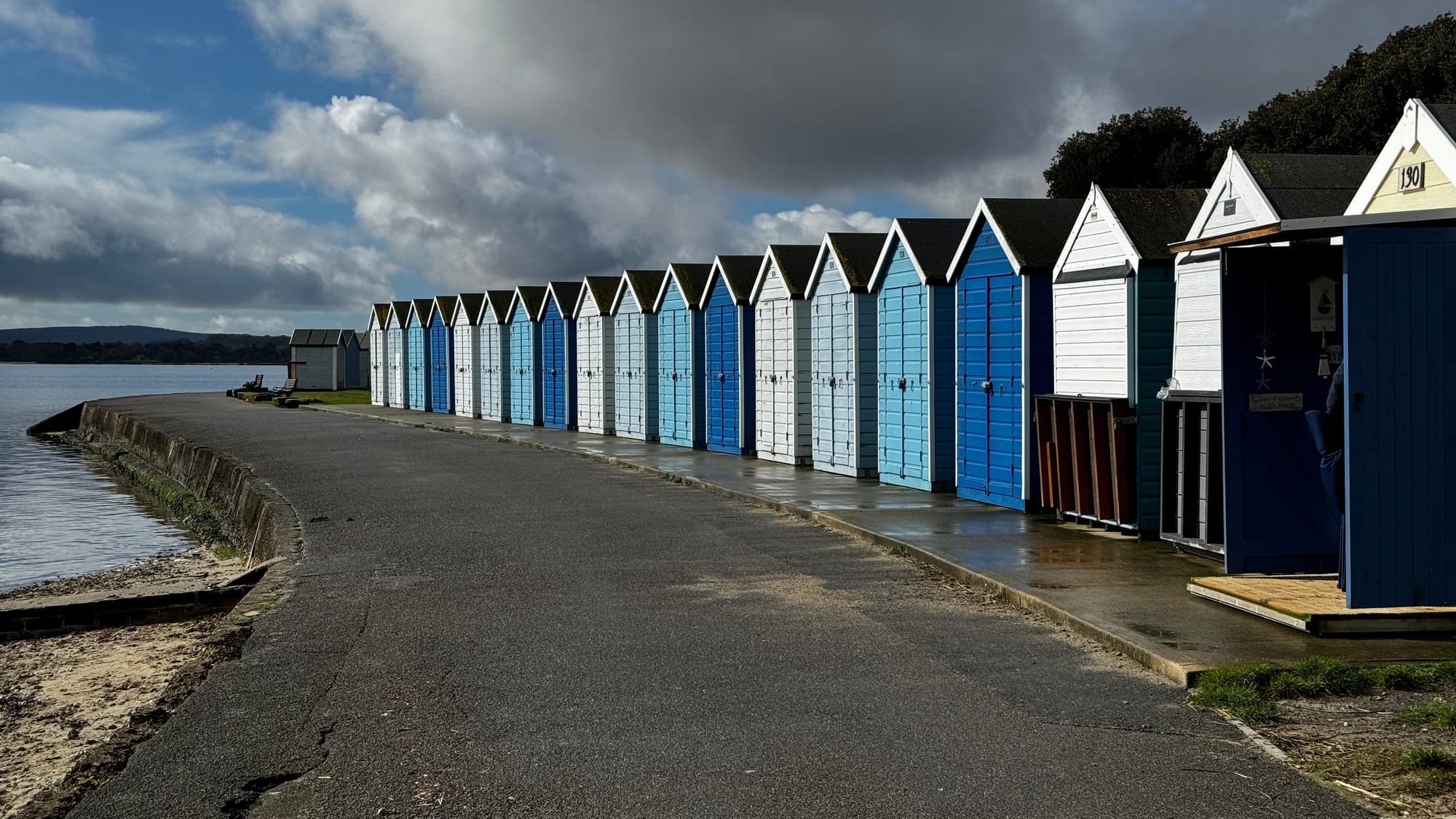
Oh boy! After a week in the New Forest, I realised I was very naive last week. Mud? We hadn't experienced mud yet. I think it's hard as an Australian sometimes to comprehend just HOW wet things can get here. It's not just that it's wet. We've experienced massive floods in Melbourne, droughts followed by flooding rains; no, it's not the wet, it's the fact that it never dries out.
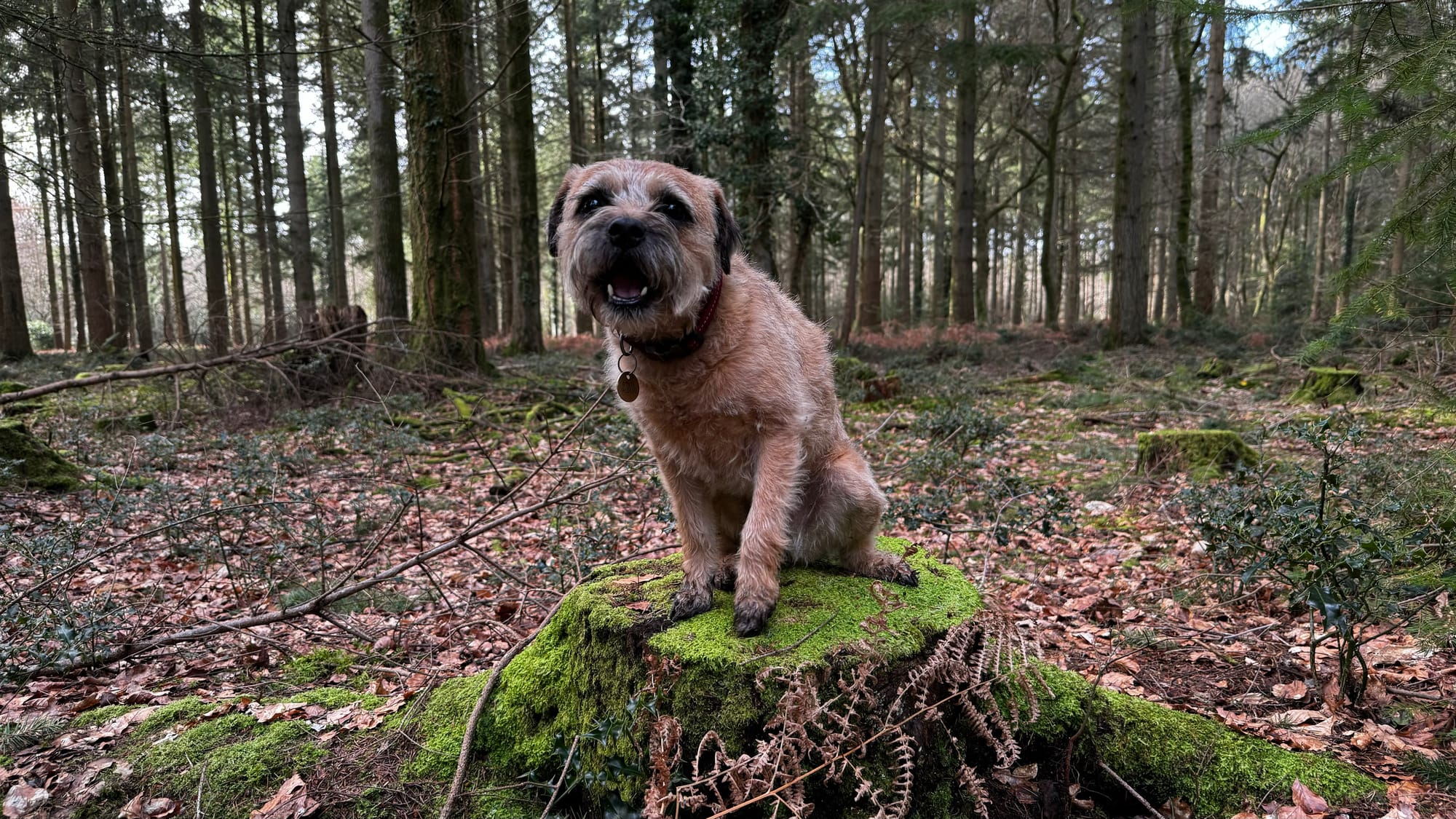
Every field around here is waterlogged with pools of water lying on top of the dirt. It doesn't need to rain much to have a big impact. There's just nowhere for the water to go. The rivers are full, bursting their banks for an entire week on end so far. Even though it hasn't rained every day, it's never been warm enough, or sunny enough to evaporate any water, so the next shower that comes along, it sits there even more.
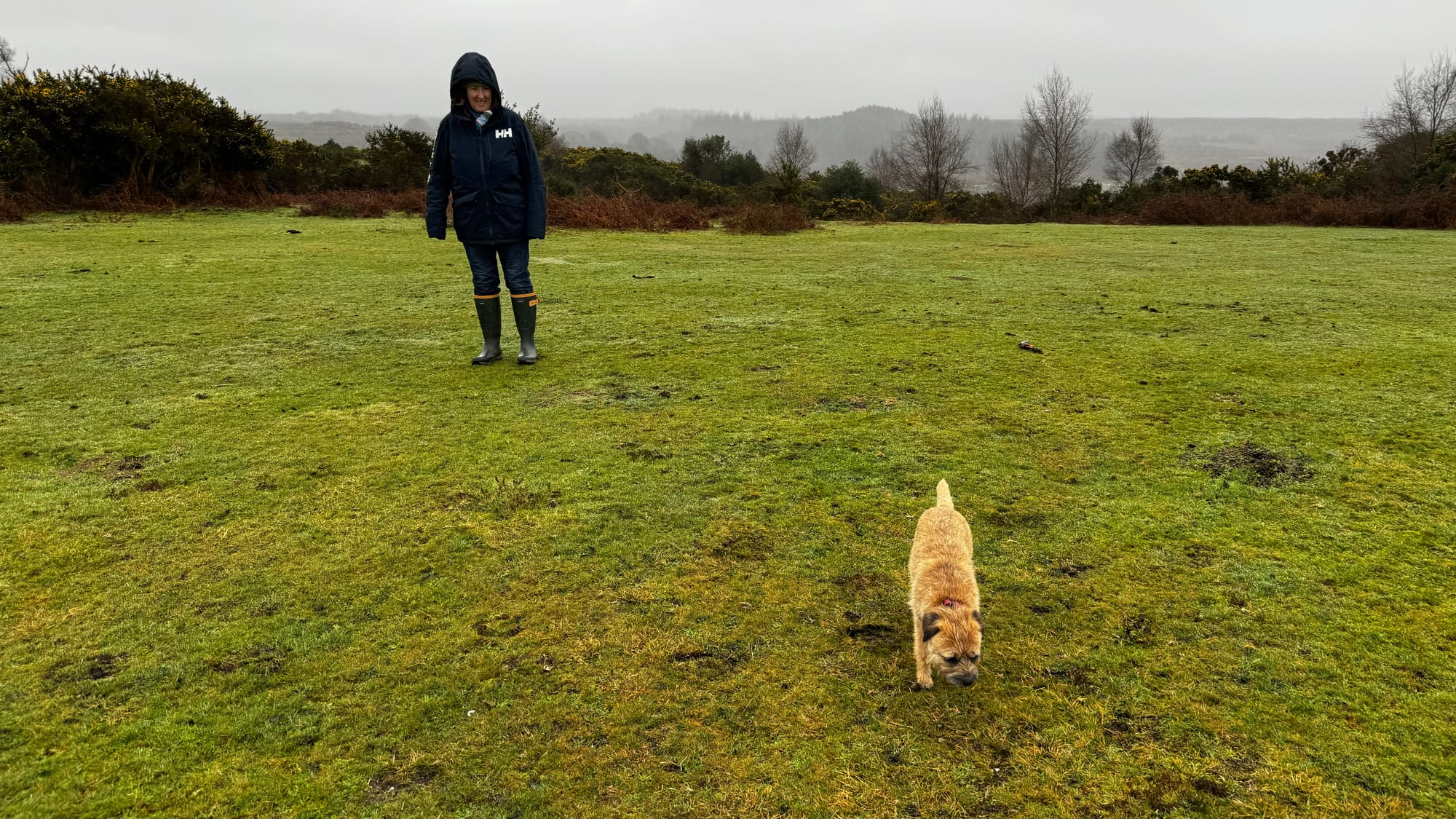
We've enjoyed continuing to explore however and have managed to take Daphne the dog out for a walk everyday, even when it's been muddy up to your knees.
On Sunday, we explored a few more villages in the New Forest and ended up in Lyndhurst, which is the heart of the New Forest and has the visitors centre. That was a bit of fun that taught us some more about the interesting history of this area and the various animals wandering around. It's also a good indicator of the money around here – in the centre of the tiny village was a Ferrari dealership.
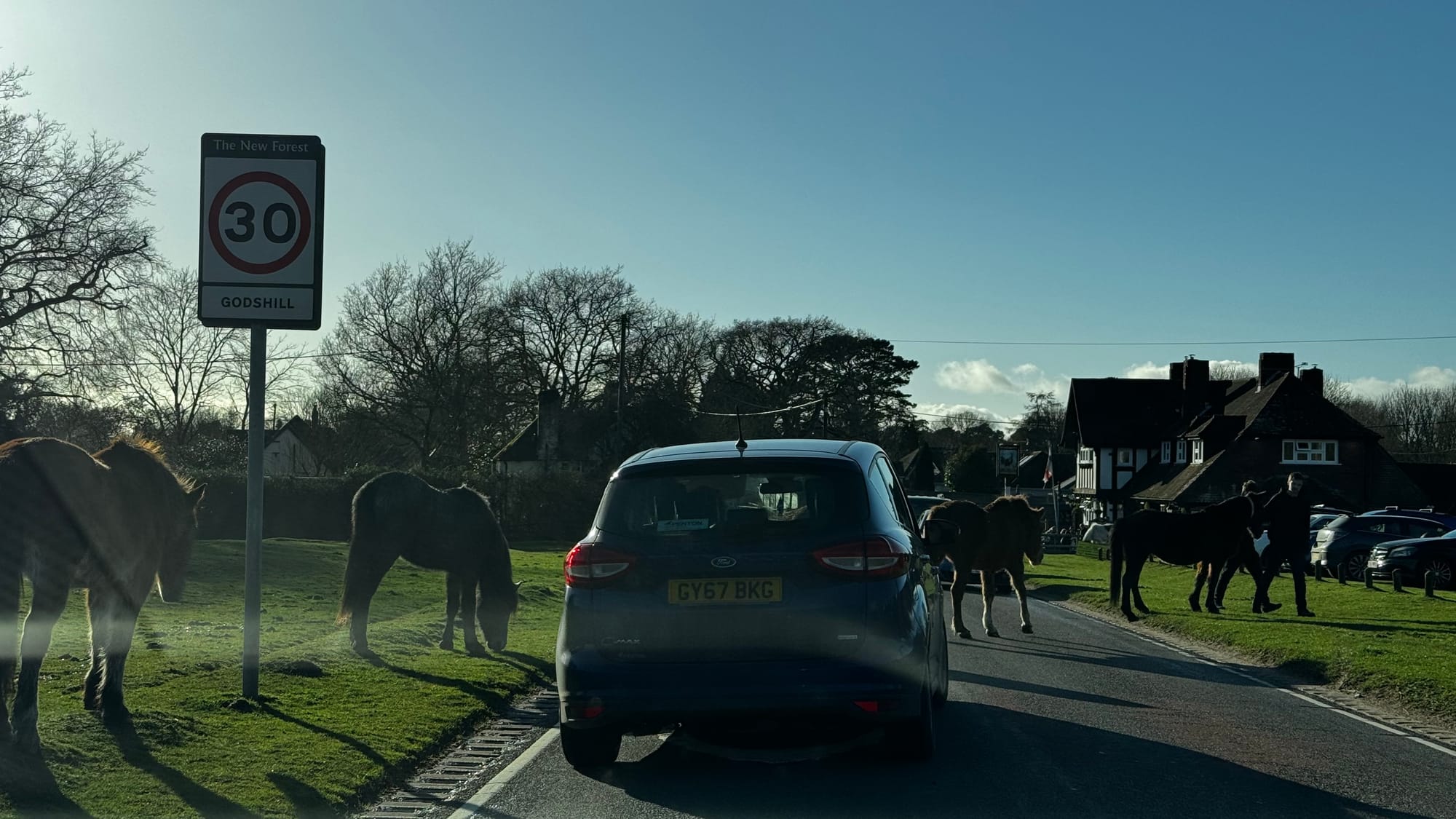
Monday we drove down to Bucklers Hard – so called because the "Hard" was the one spot along the river where the gravel went to the water – it wasn't in the mud! It's an old Georgian village that was the centre of boatbuilding activity leading up to the Battle of Trafalgar. Many boats that fought at Trafalgar were built here, including the Agamemnon, which Lord Nelson captained for three years. Lots of the wood for the ships was harvested from the New Forest, and a lot of the oldest stands of oak today date back to the battle of Trafalgar when they were planted to replace the wood used for shipbuilding. One interesting thing was that naval shipbuilding then was an entrepreneurial activity – investors at Bucklers Hard built several warships with their own money in the hope the navy would buy them.
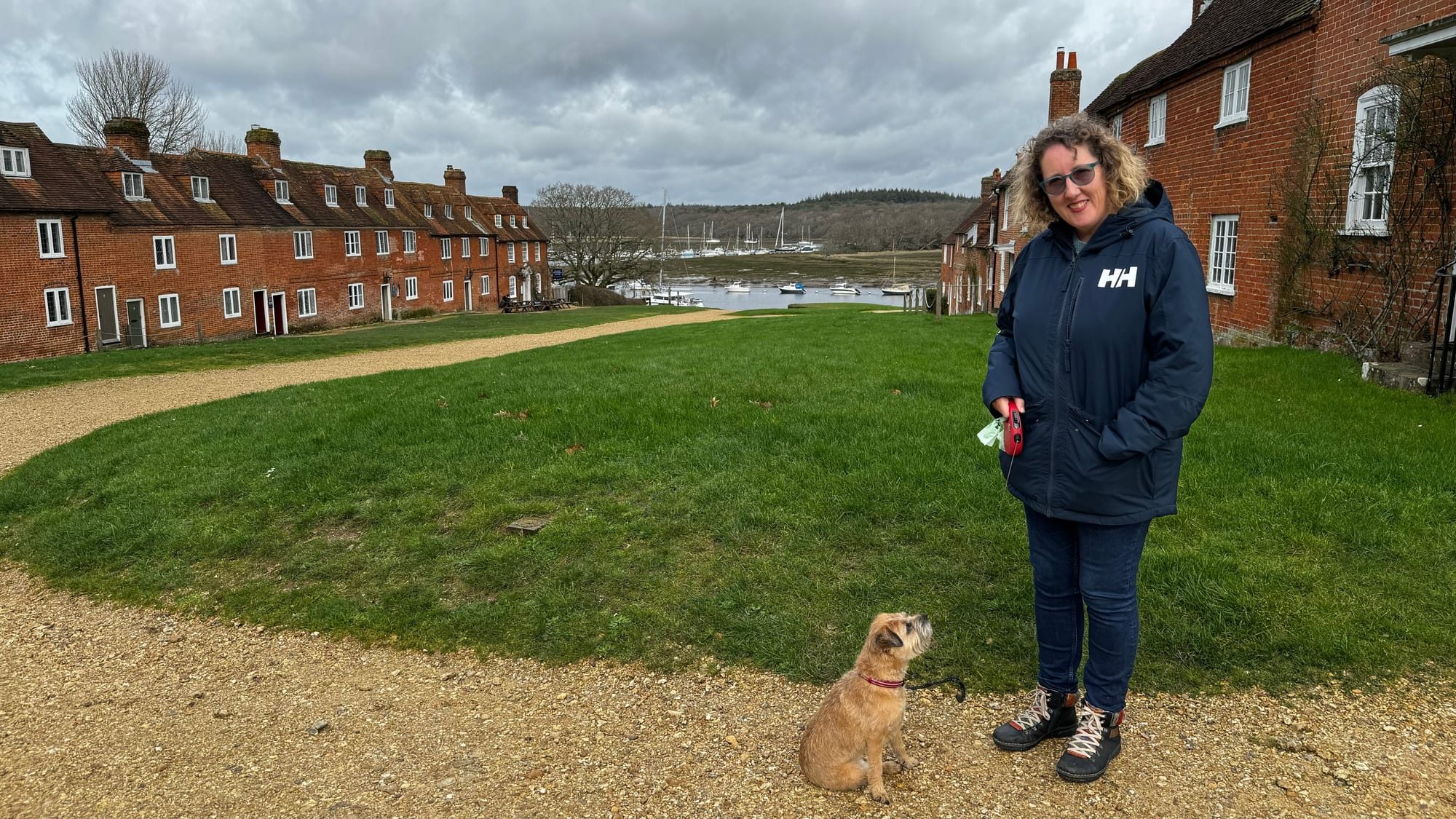
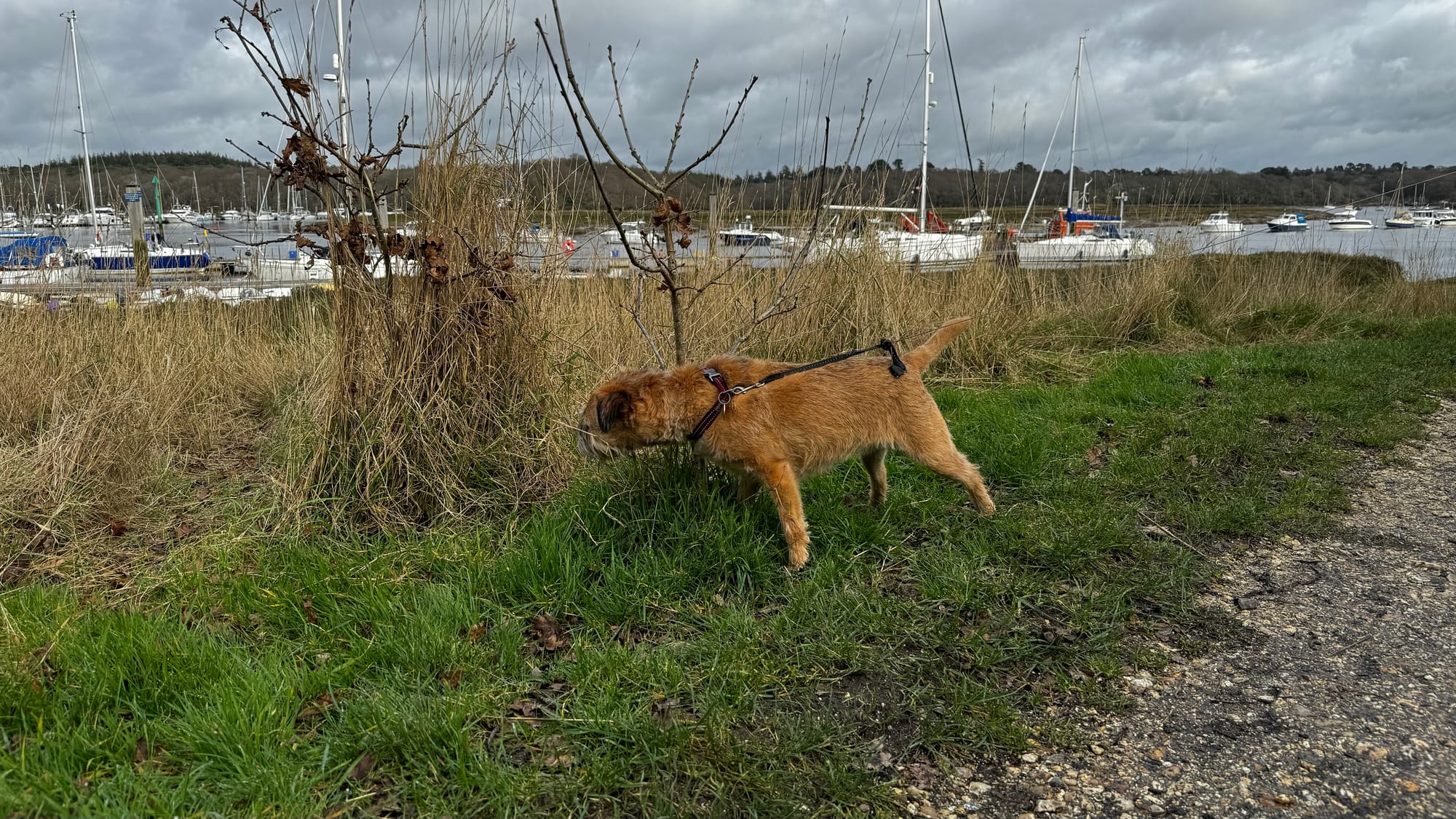
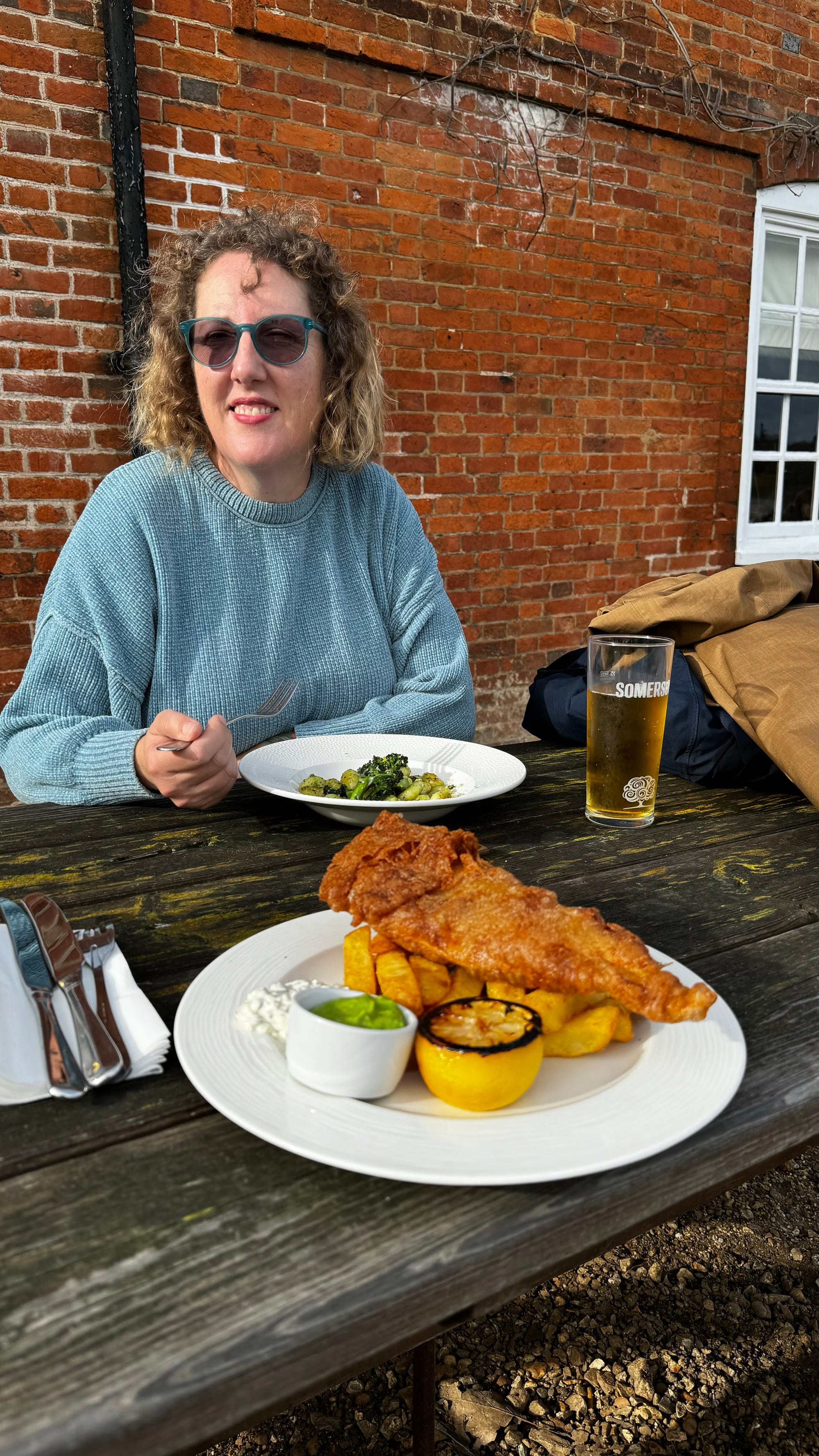
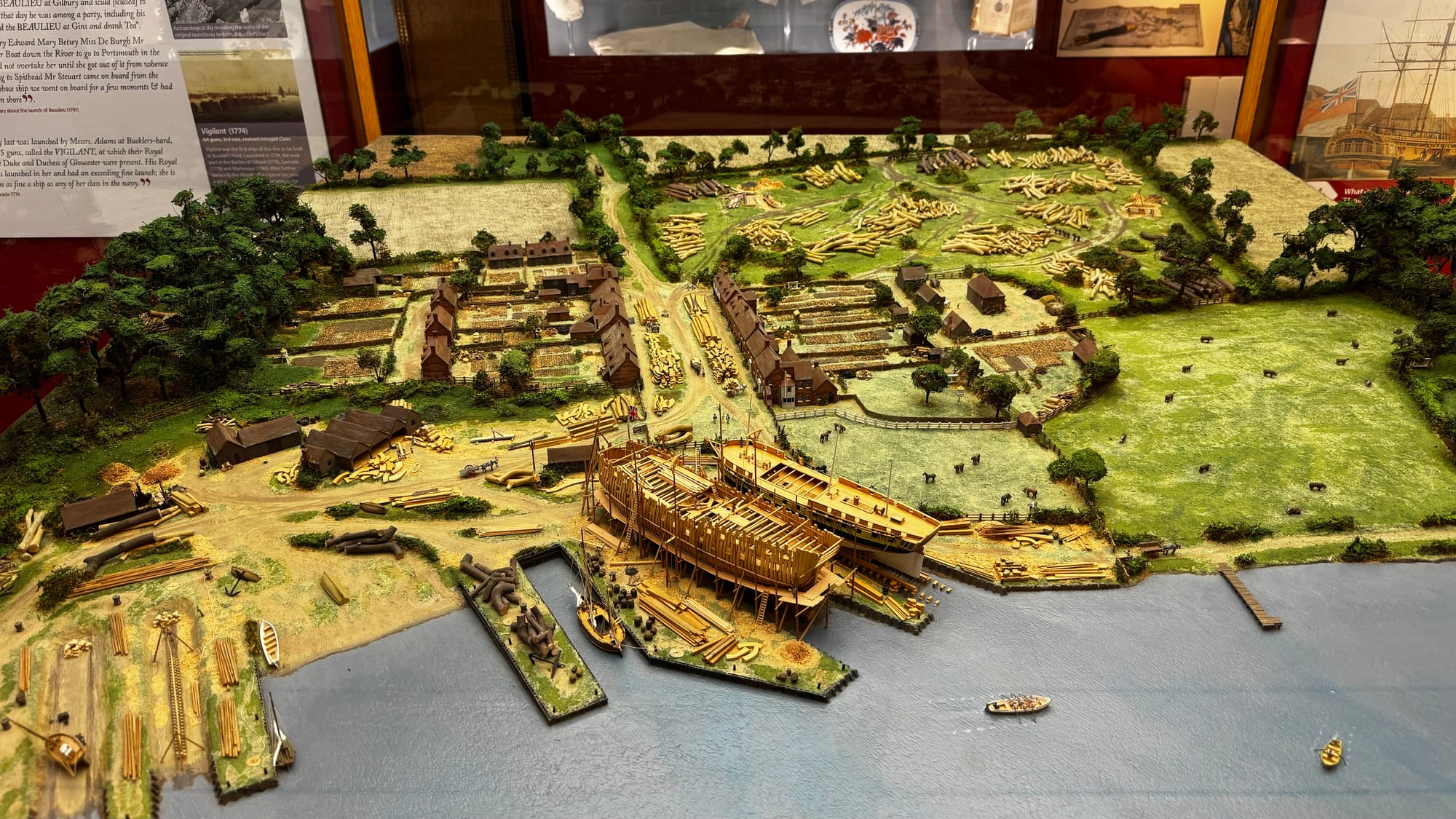
Bucklers Hard in the New Forest
Tuesday, Karina and I headed back to Salisbury without Daphne to visit the cathedral (although we found out after that dogs are welcomed inside). It's a spectacular building and well worth seeing. We had a lovely chat with one of the clergymen inside, laughing about the fact that the current head of the church is a Papadopolous – a very Greek name, and reminiscing about things that used to happen in the cathedrals, like the "brass rubbings" which don't happen anymore.
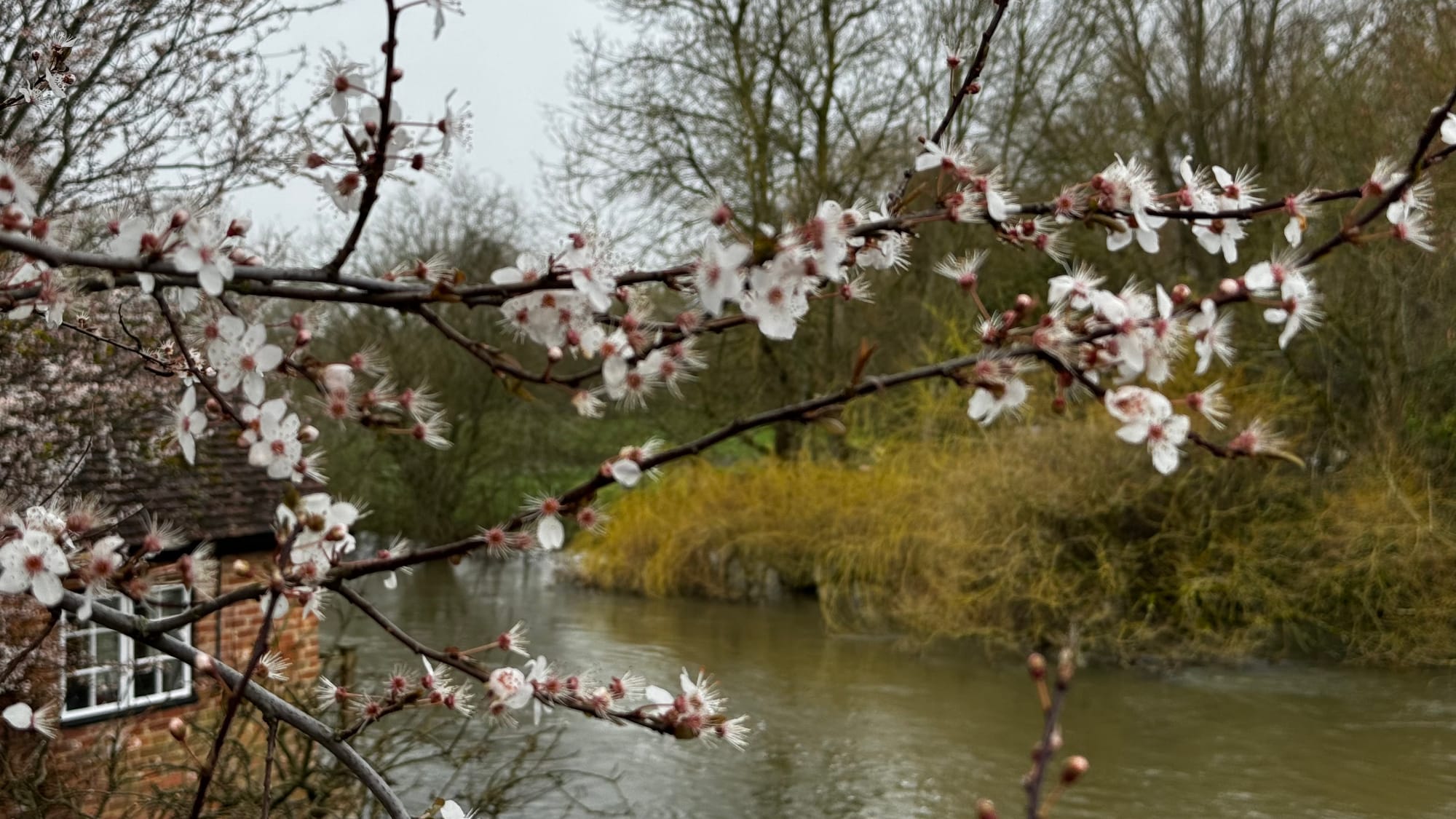
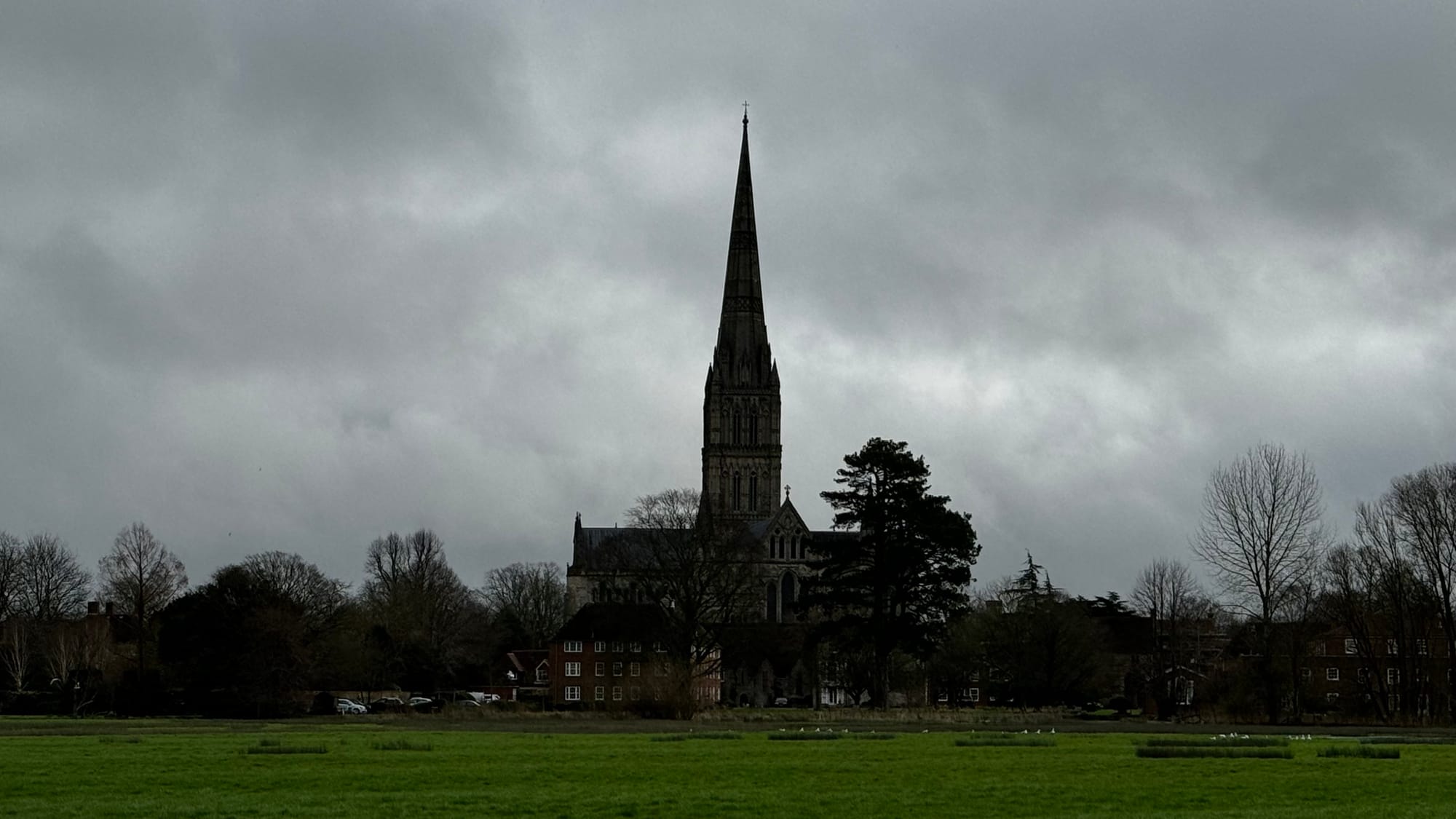
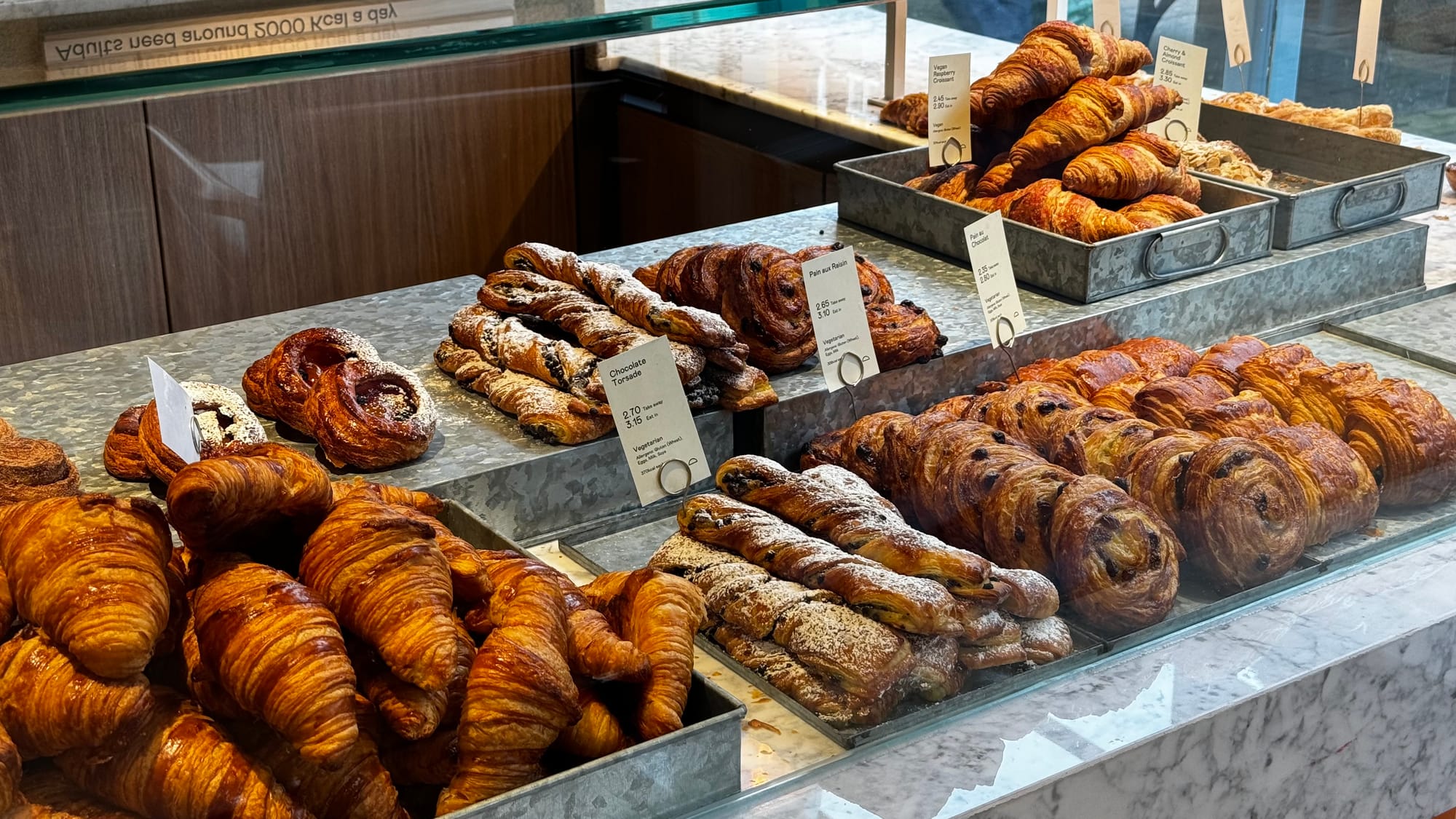
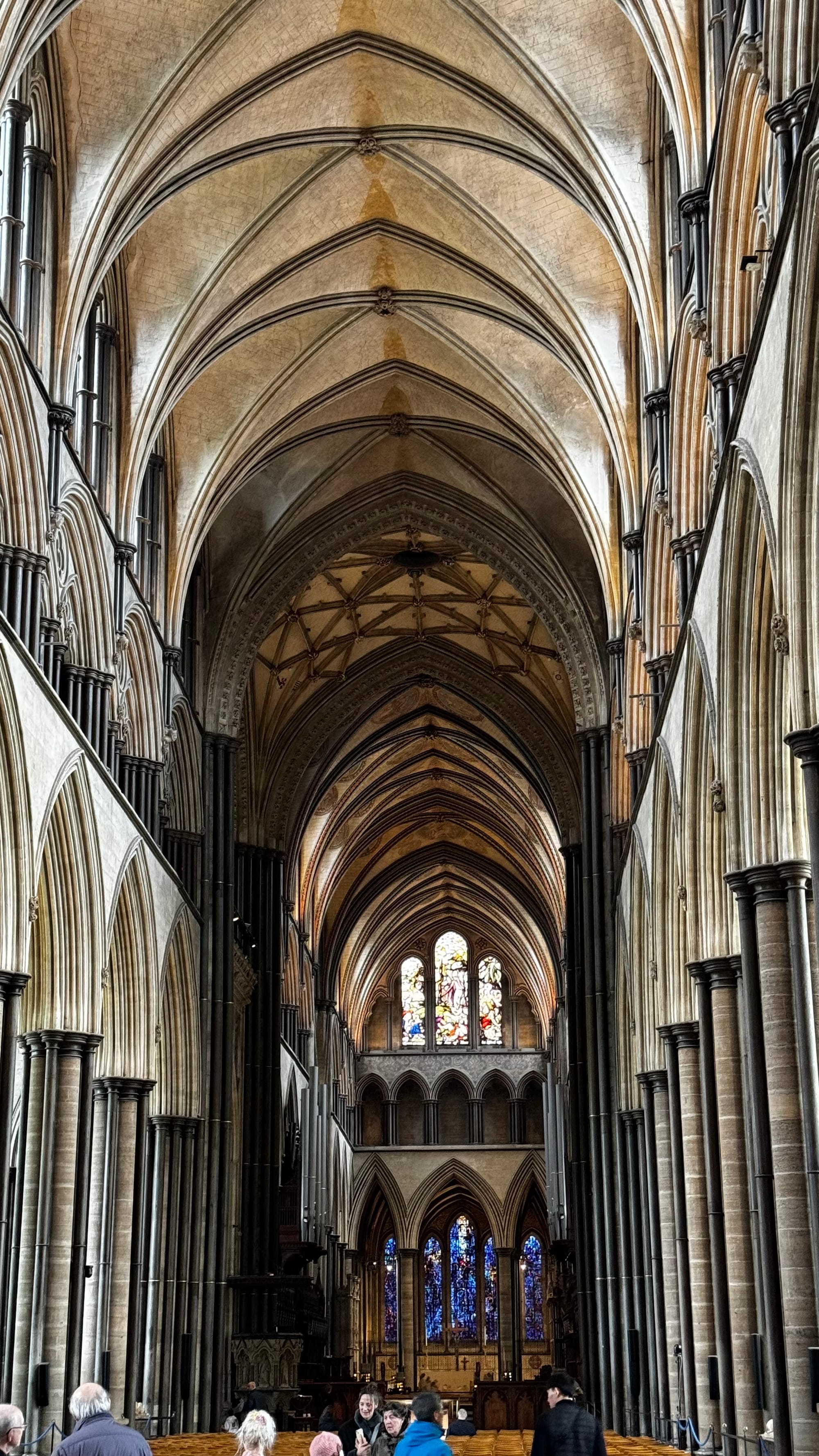
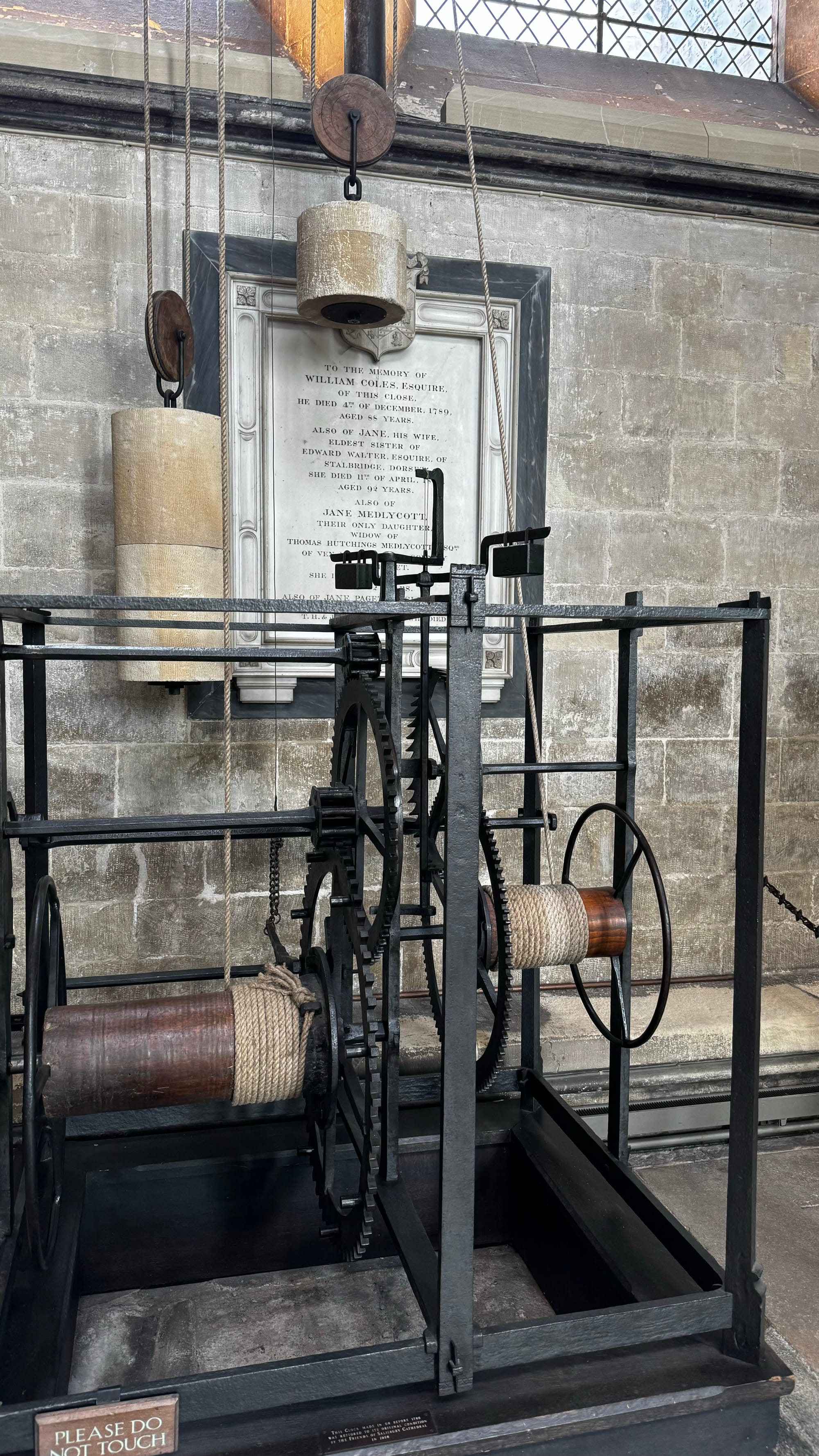
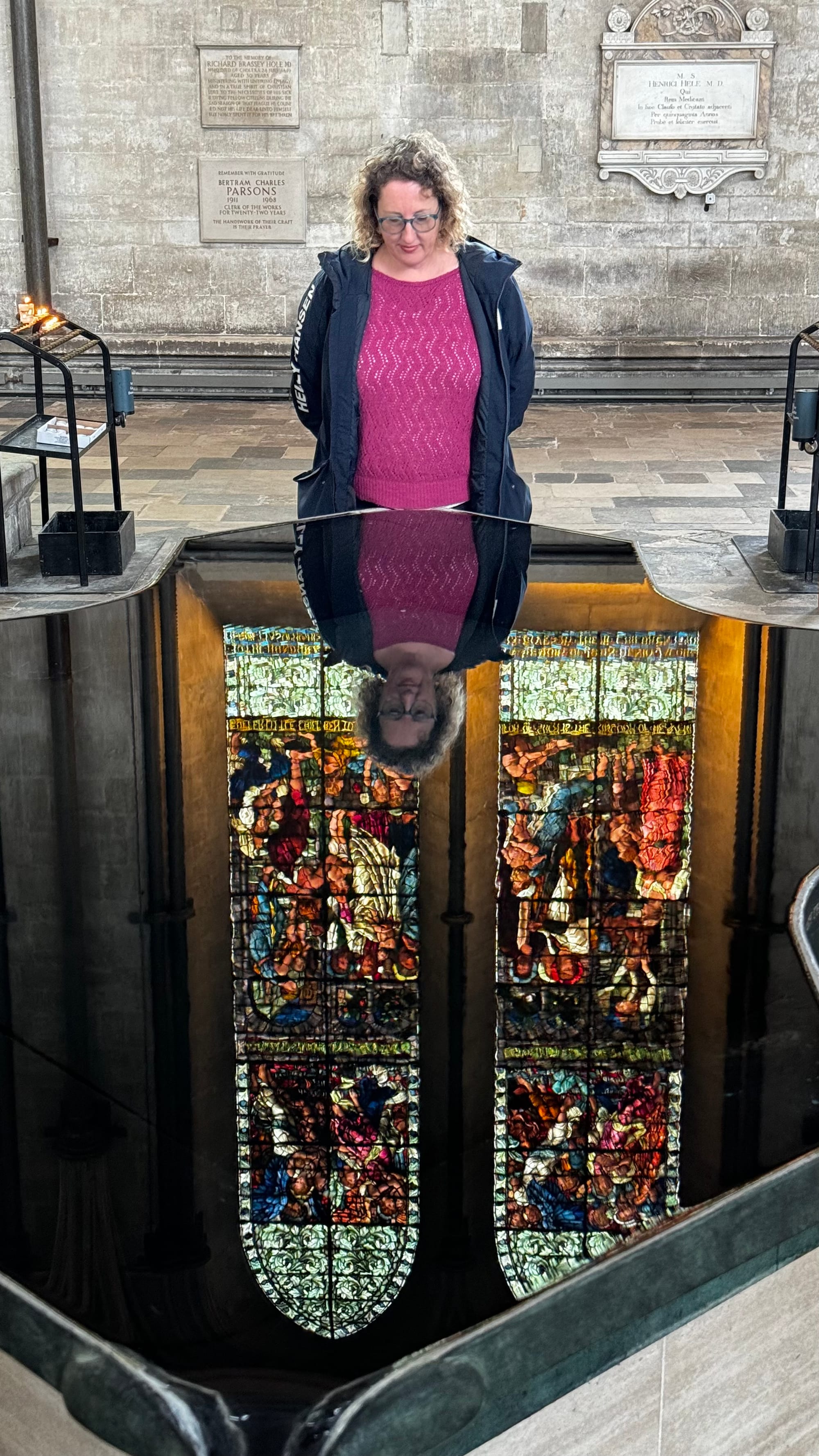
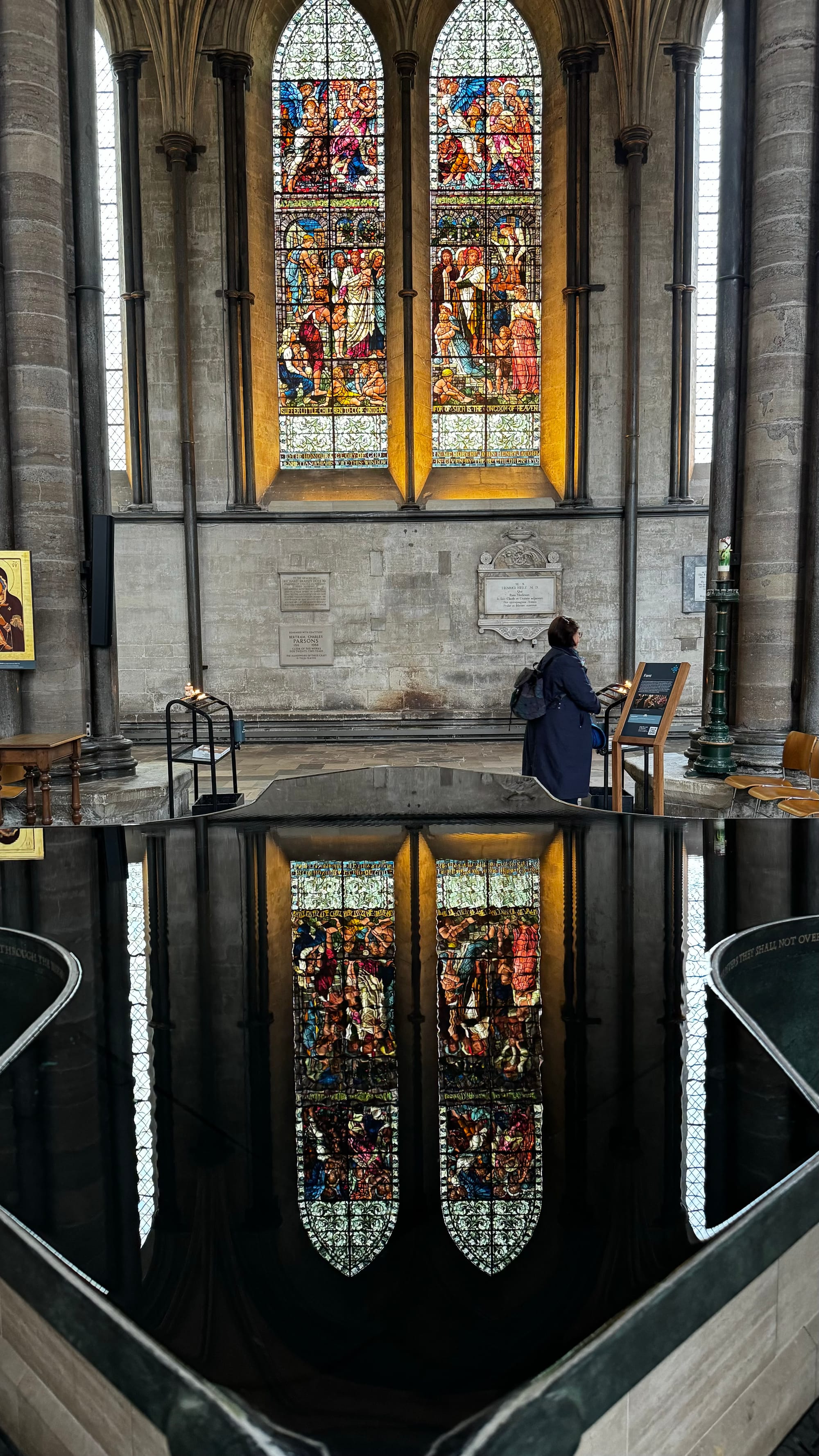
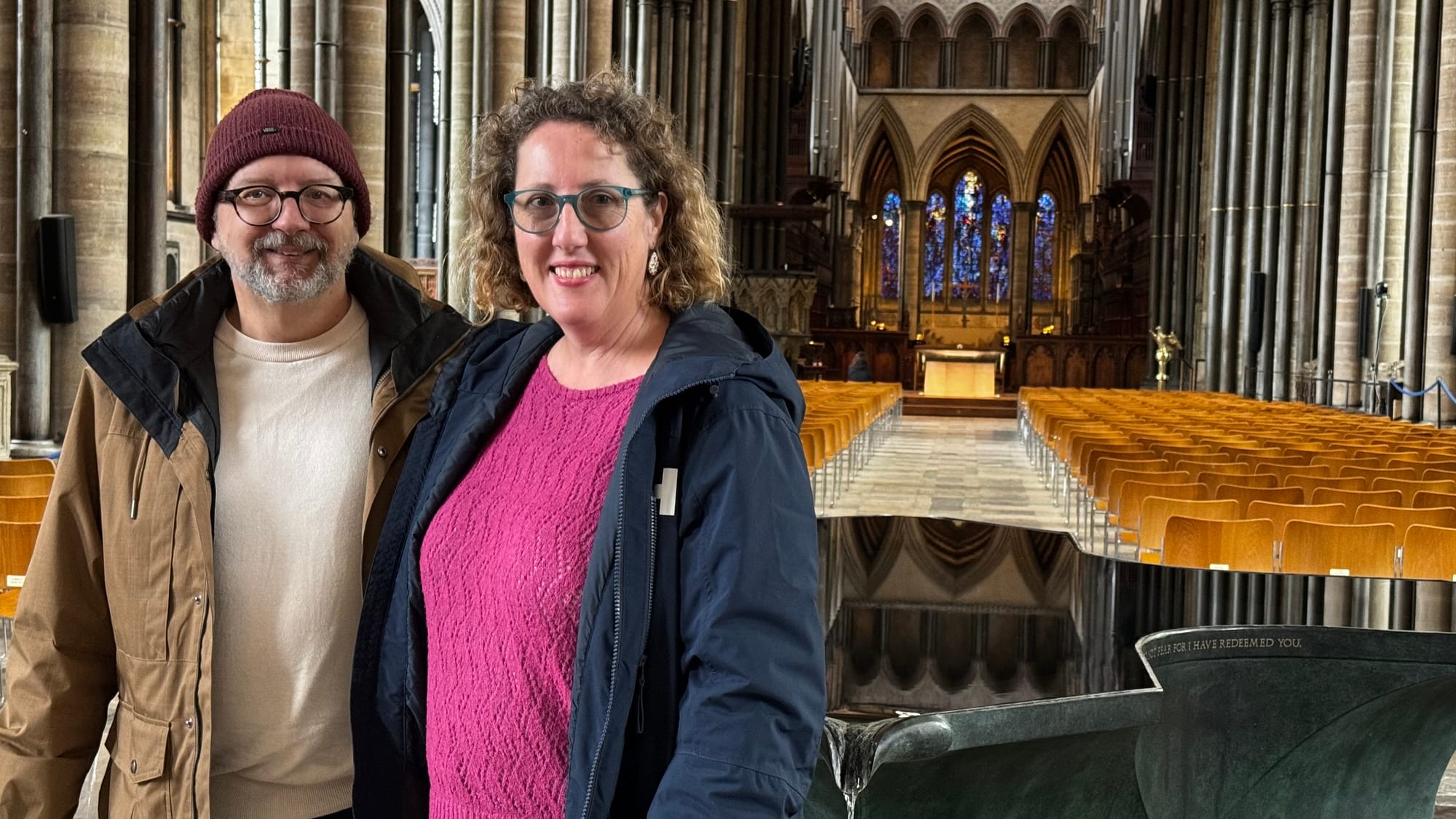
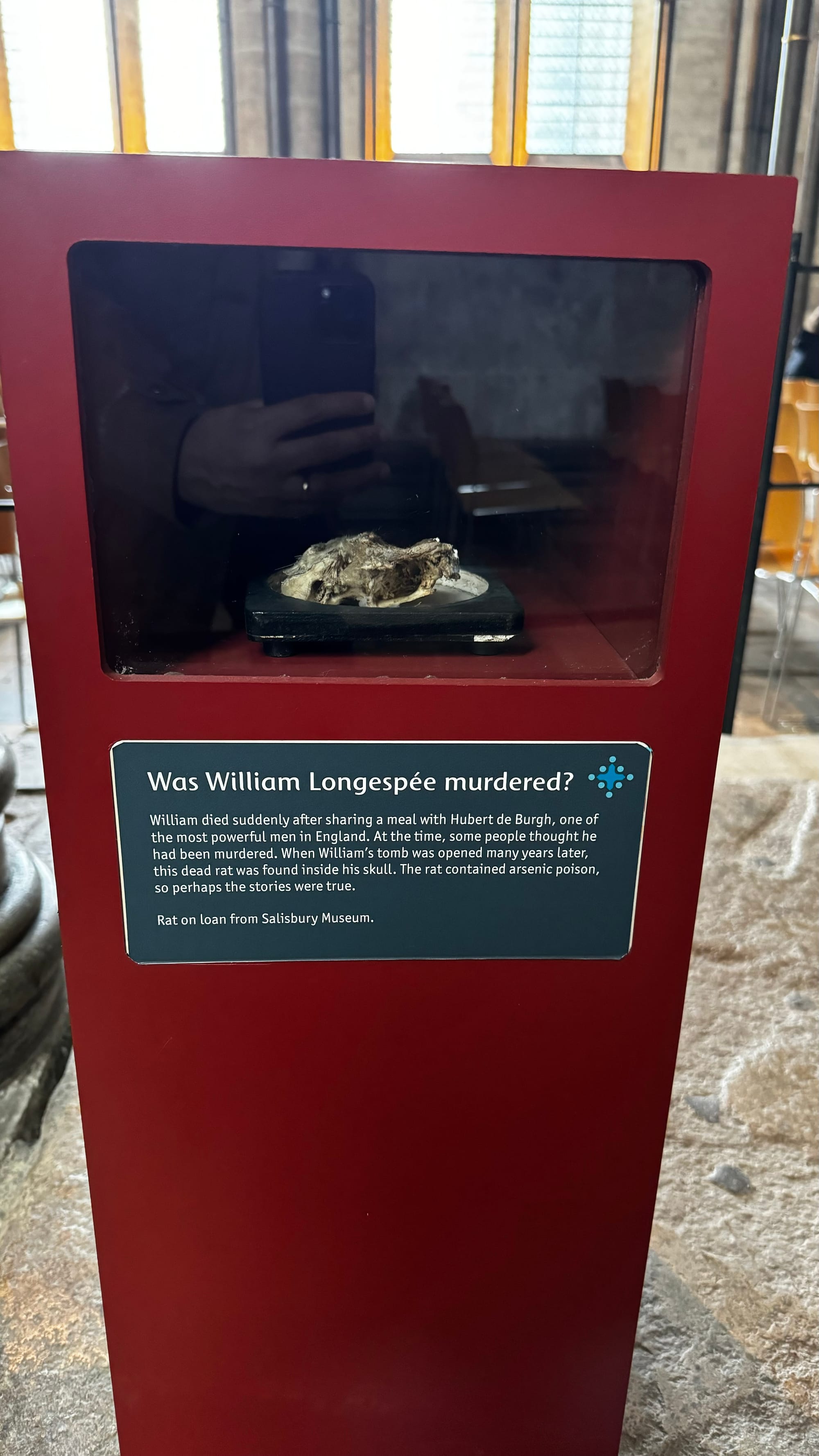
Lots of cool things in the Salisbury Cathedral.
Salisbury is also the home of the Magna Carta, and it's worth a visit just to see and contemplate such an amazingly old document and an important piece of history.
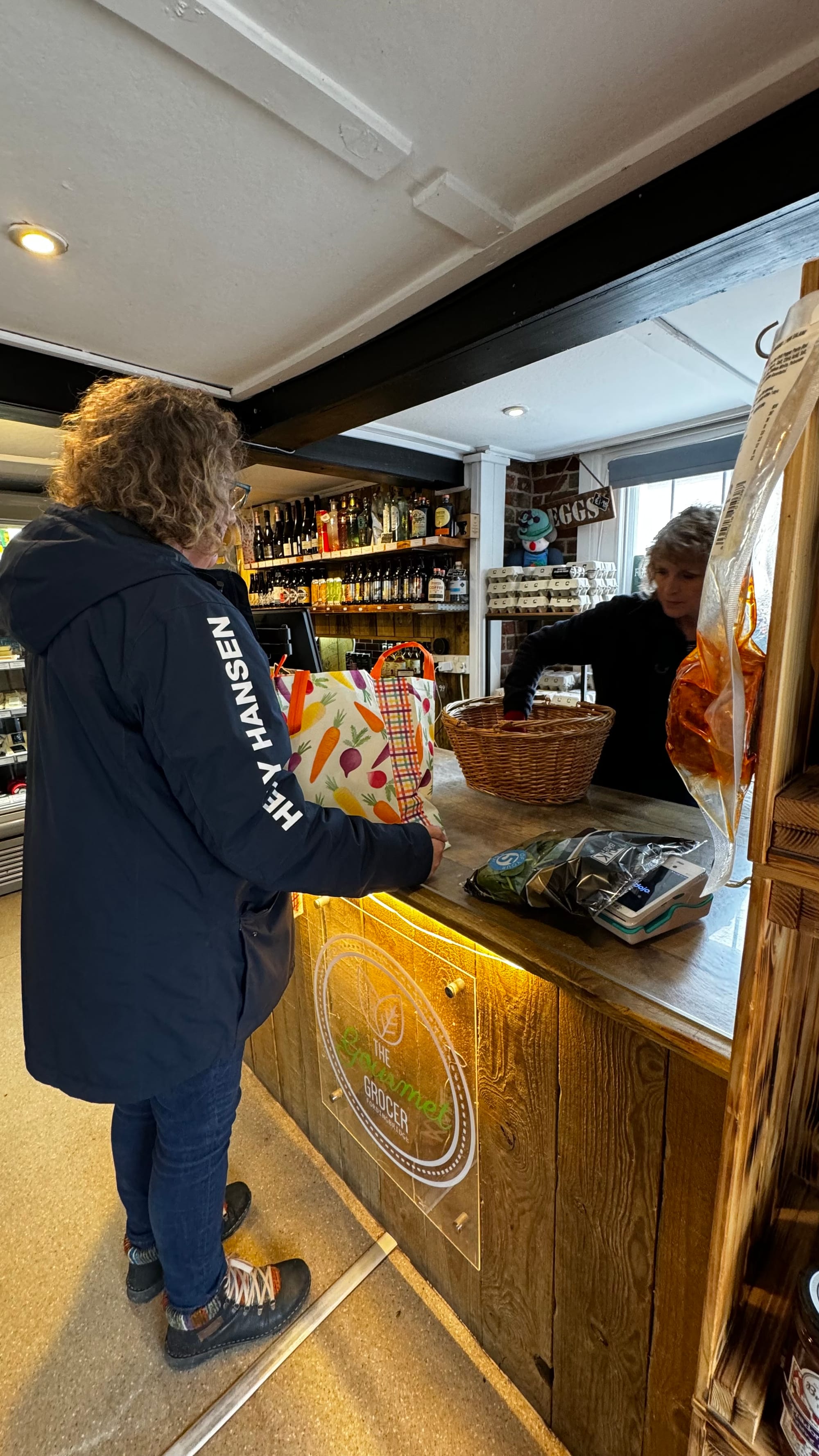
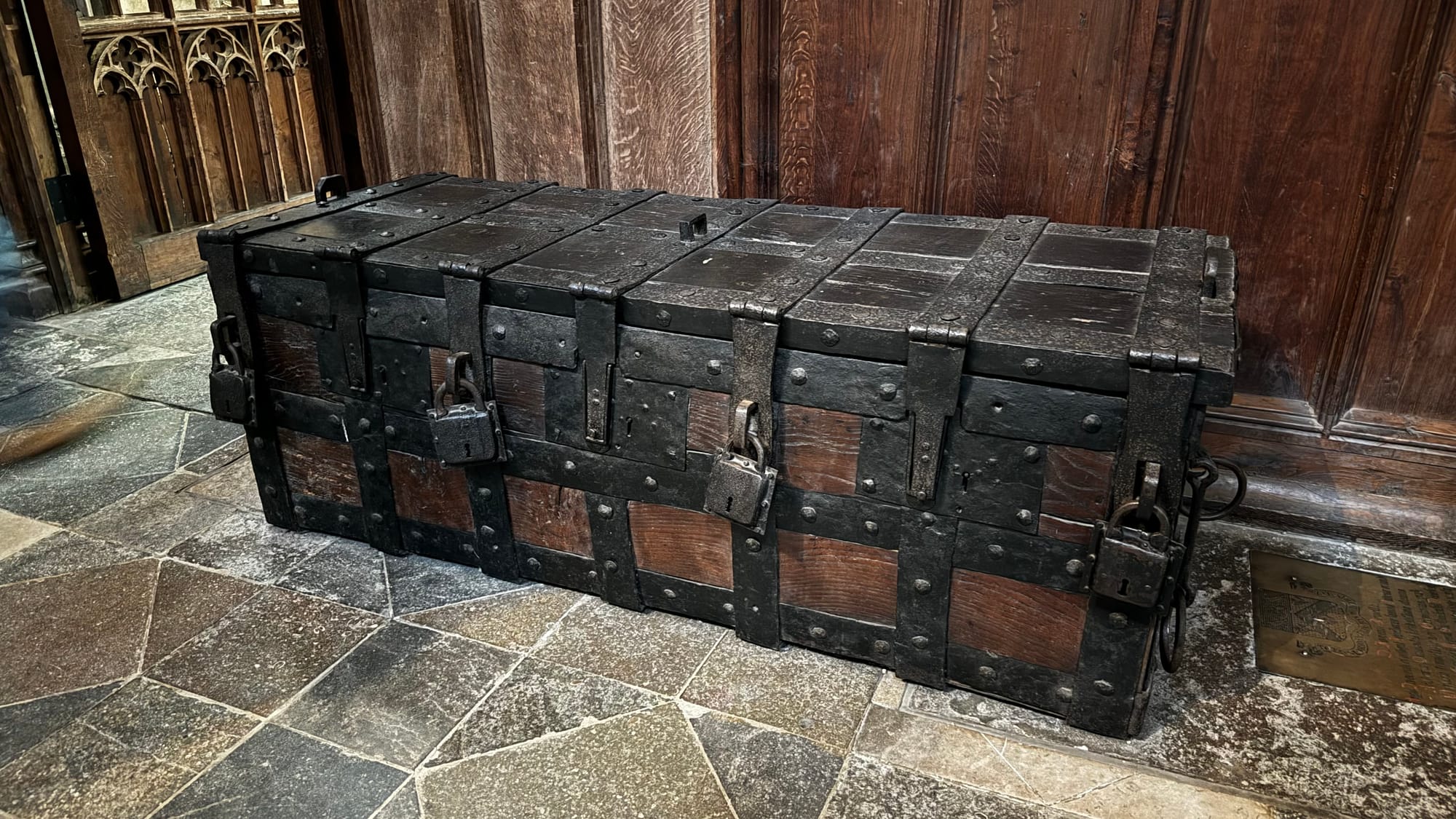
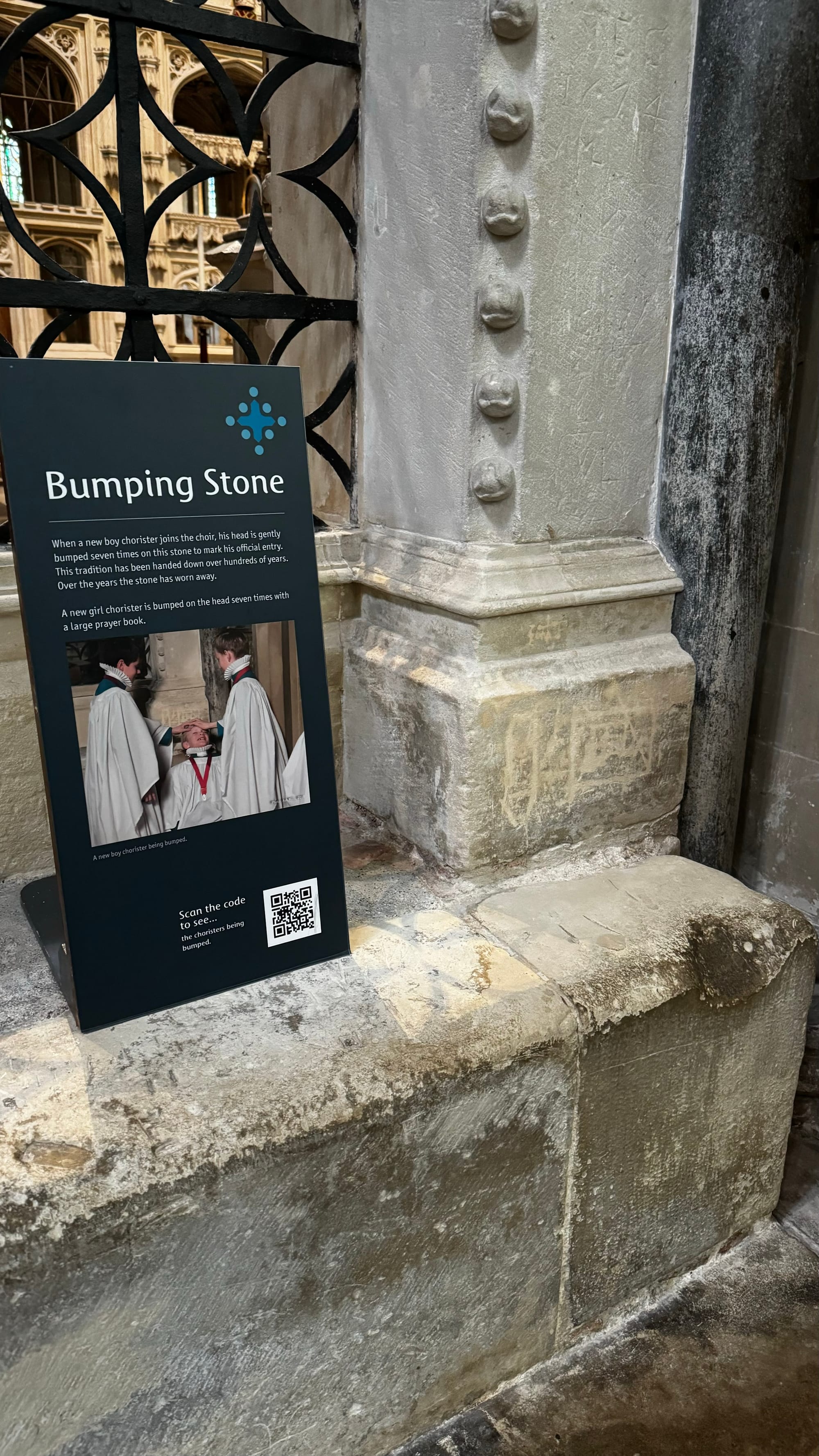
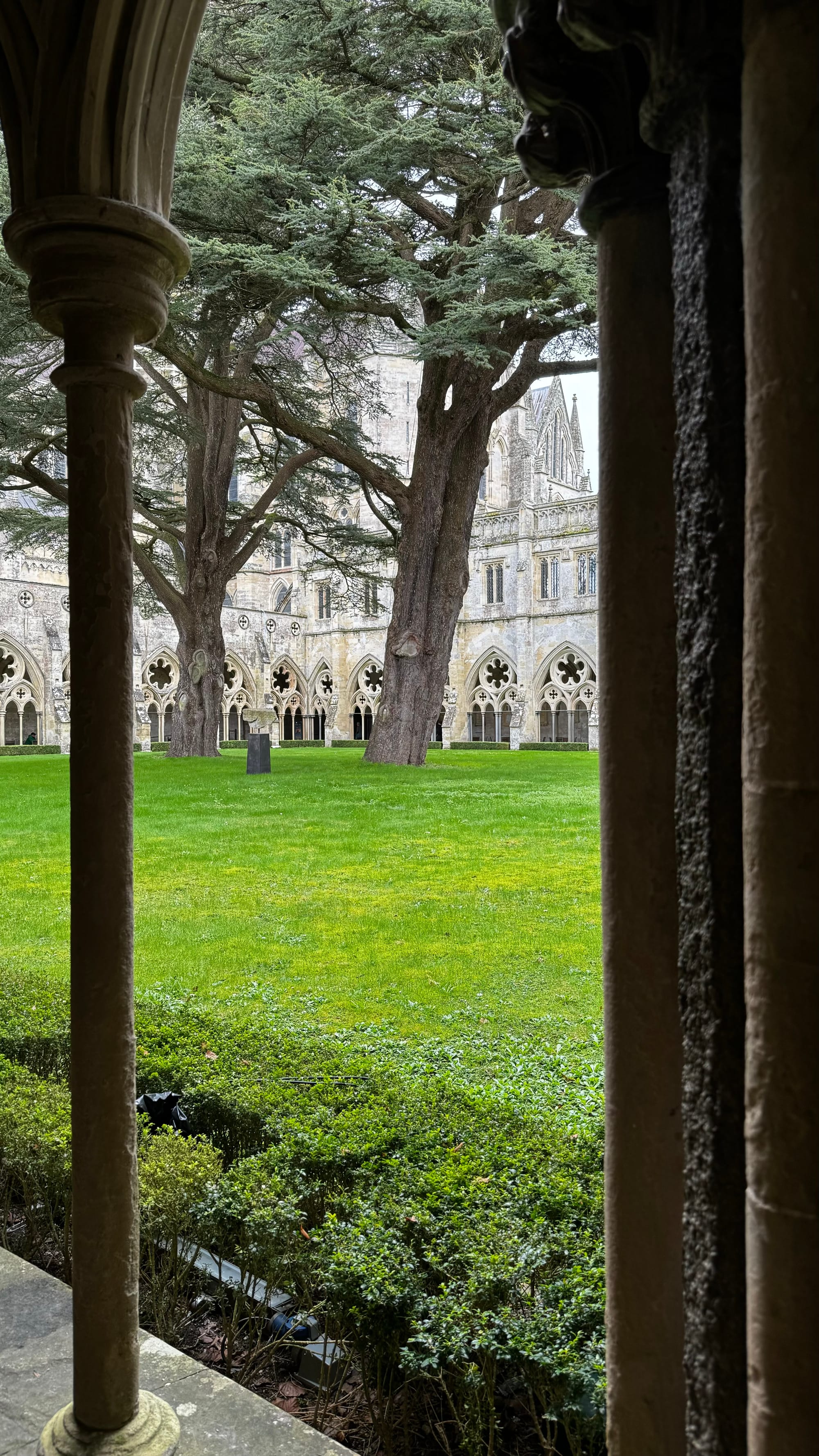
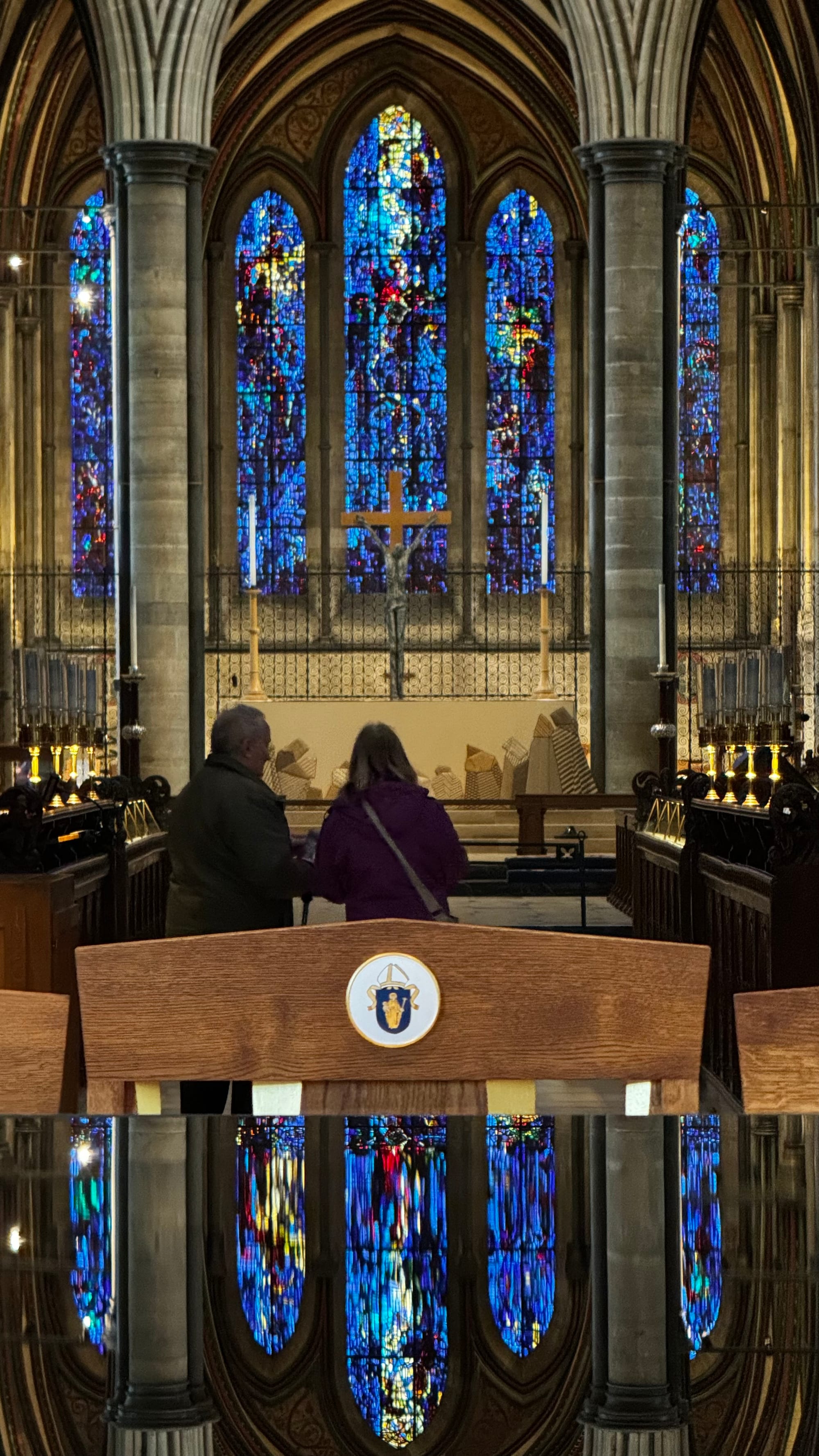
I loved the storage chest in particular. It was the strong box for the church's money and had nine locks, each with a separate key held by a different priest.
Wednesday was cold and absolutely bucketing, so we stayed inside, only to dodge out for a brief walk through the mud and endless puddles of water in the afternoon. We were around Ashley Walk, which was used during World War II as an area for bomber practice – indeed, many of the round "lakes" are apparently old bomb craters.
Thursday, more of the same. I focused on writing, Karina on a puzzle and the cat on getting in the way.
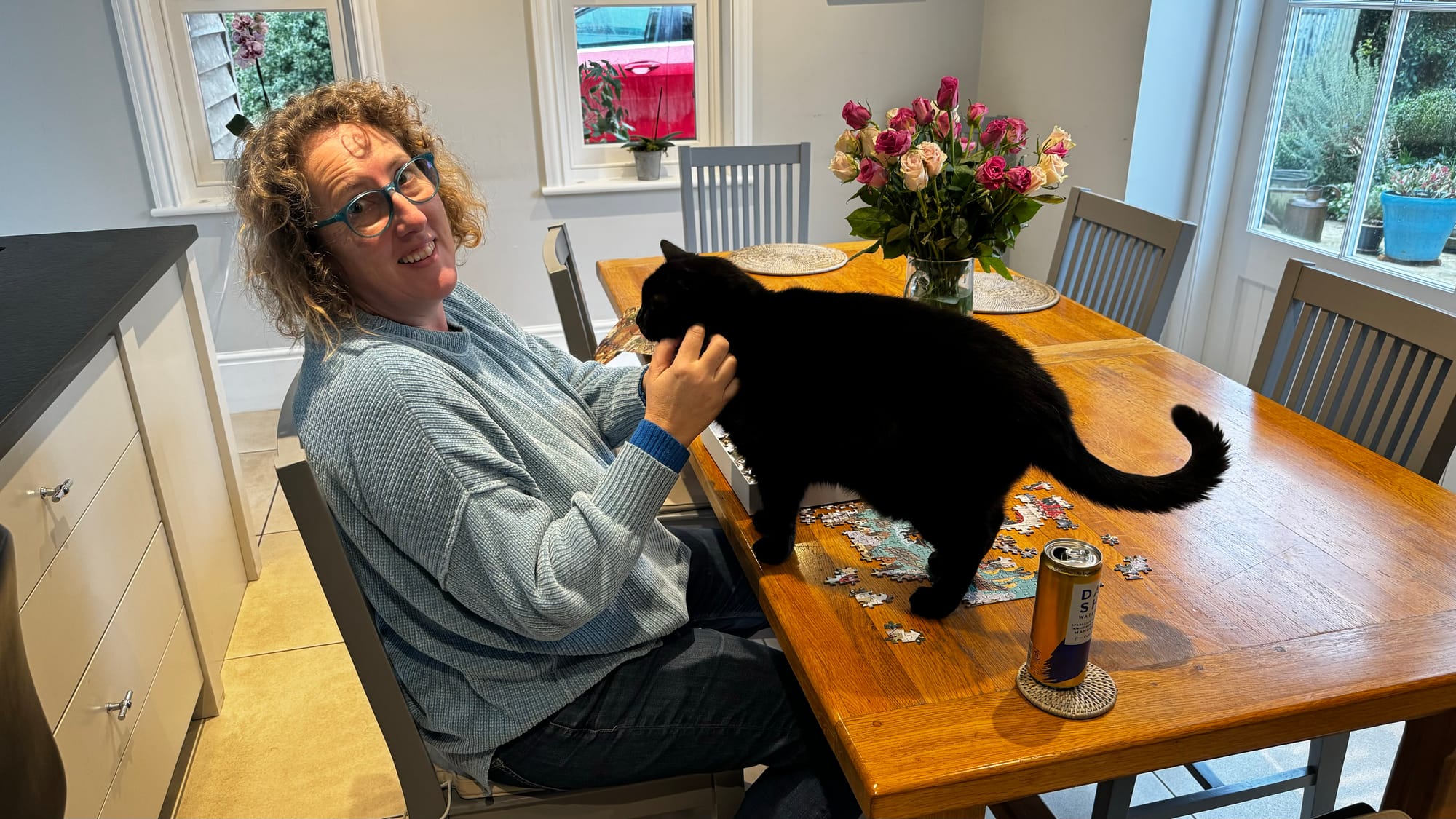
Friday, we decided to head to Winchester, which was a delight. It's probably one of the favourite towns we've visited in this area. I hadn't realised (or I had forgotten) that Winchester is the original home of English kings – it's where William the Conqueror settled and built his castle. It was important for a few hundred years before things relocated to London.
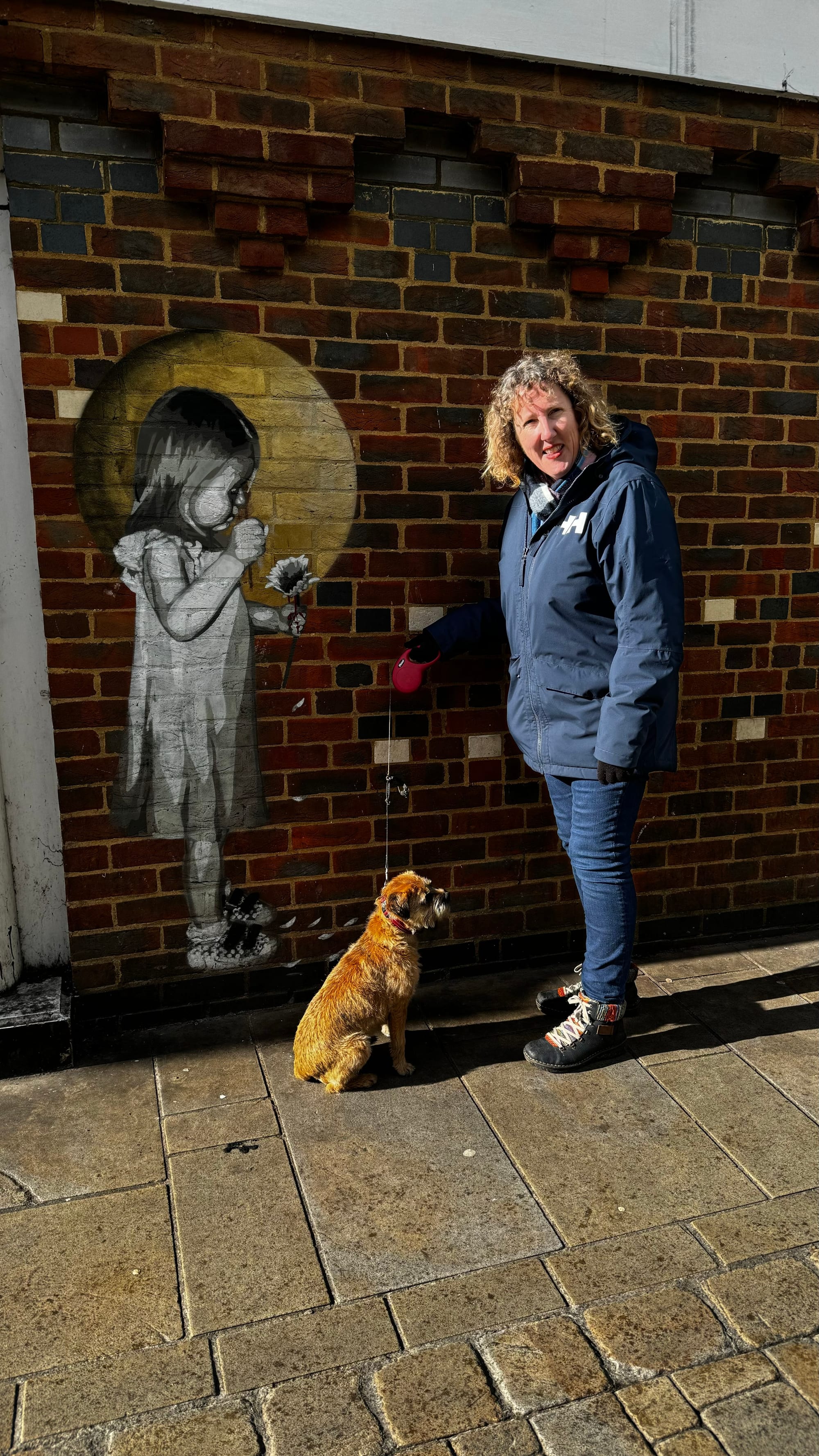
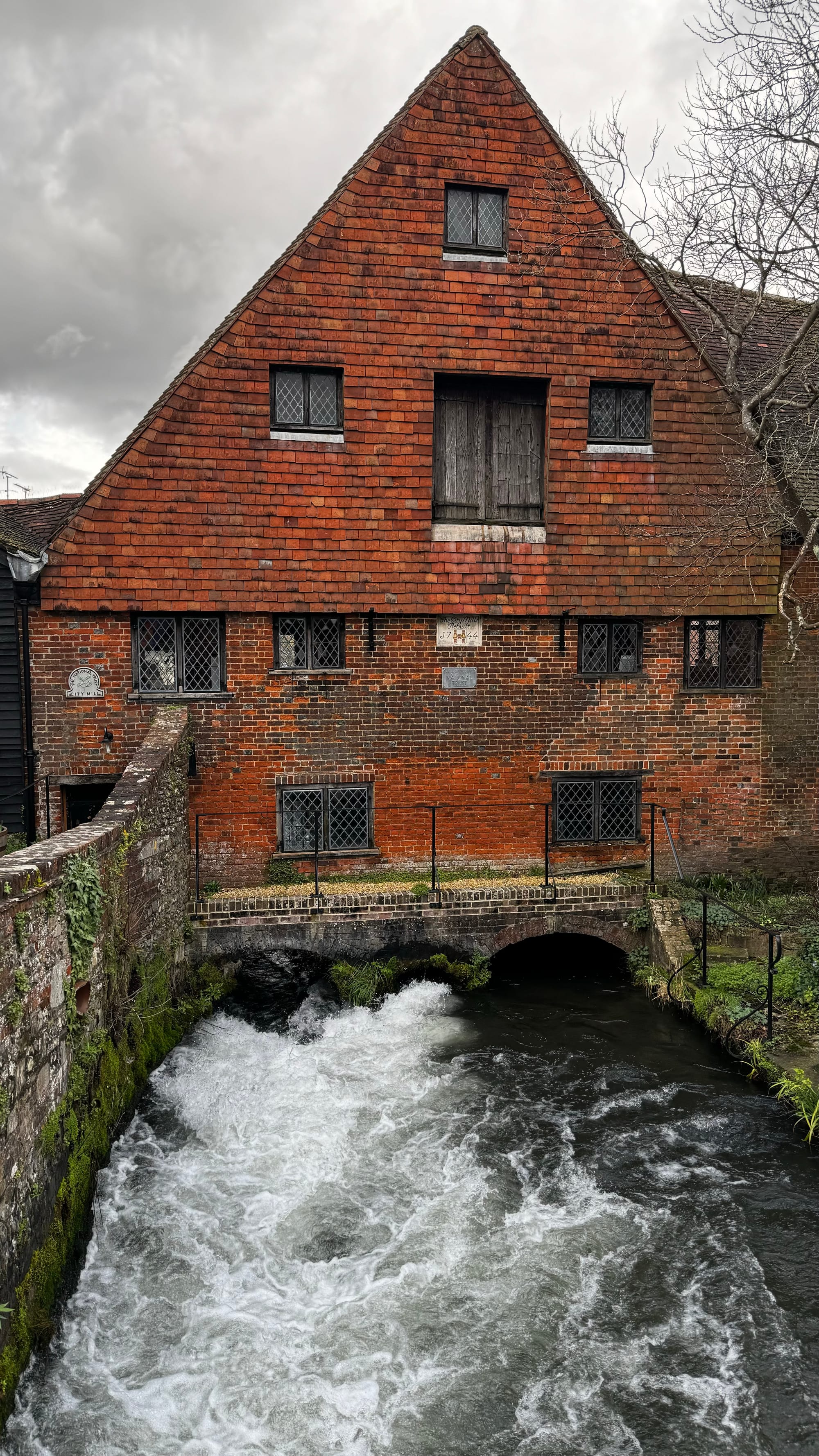
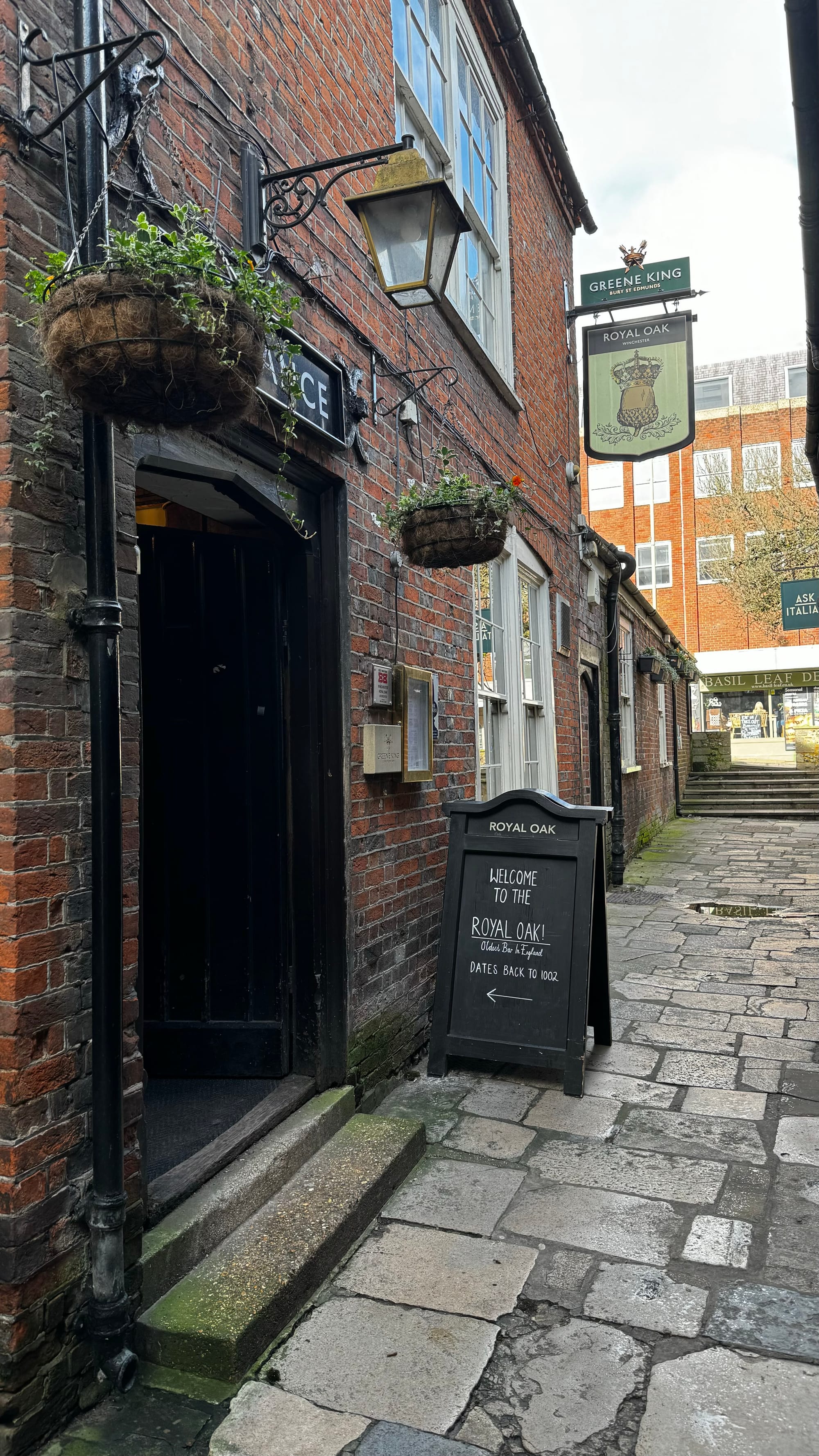
The old city mill in Winchester and the (apparently) oldest pub (circa 1002) in the UK.
With this knowledge, suddenly the New Forest all makes sense. I was puzzled why the King had declared this huge hunting forest reserve somewhere that would take a four or five-day ride to reach from London. He hadn't. He put it on his back doorstep – Winchester is right on the North Eastern edge of the New Forest.
Another highlight in Winchester, aside from all the quaint shops and the cathedral, was the Medieval Great Hall – the one building still remaining from the castle that was there previously. It includes the medieval round table, which is a fascinating piece of history as well. Rumoured to be the legendary King Arthur's Round Table, it's now known to be a reproduction, built 700 years ago, probably by Henry III or Edward I. Which makes it a very old table indeed! Henry VIII had it repainted in his colours with a Tudor rose in the centre and a picture of King Arthur, who just happens to have Henry's face.
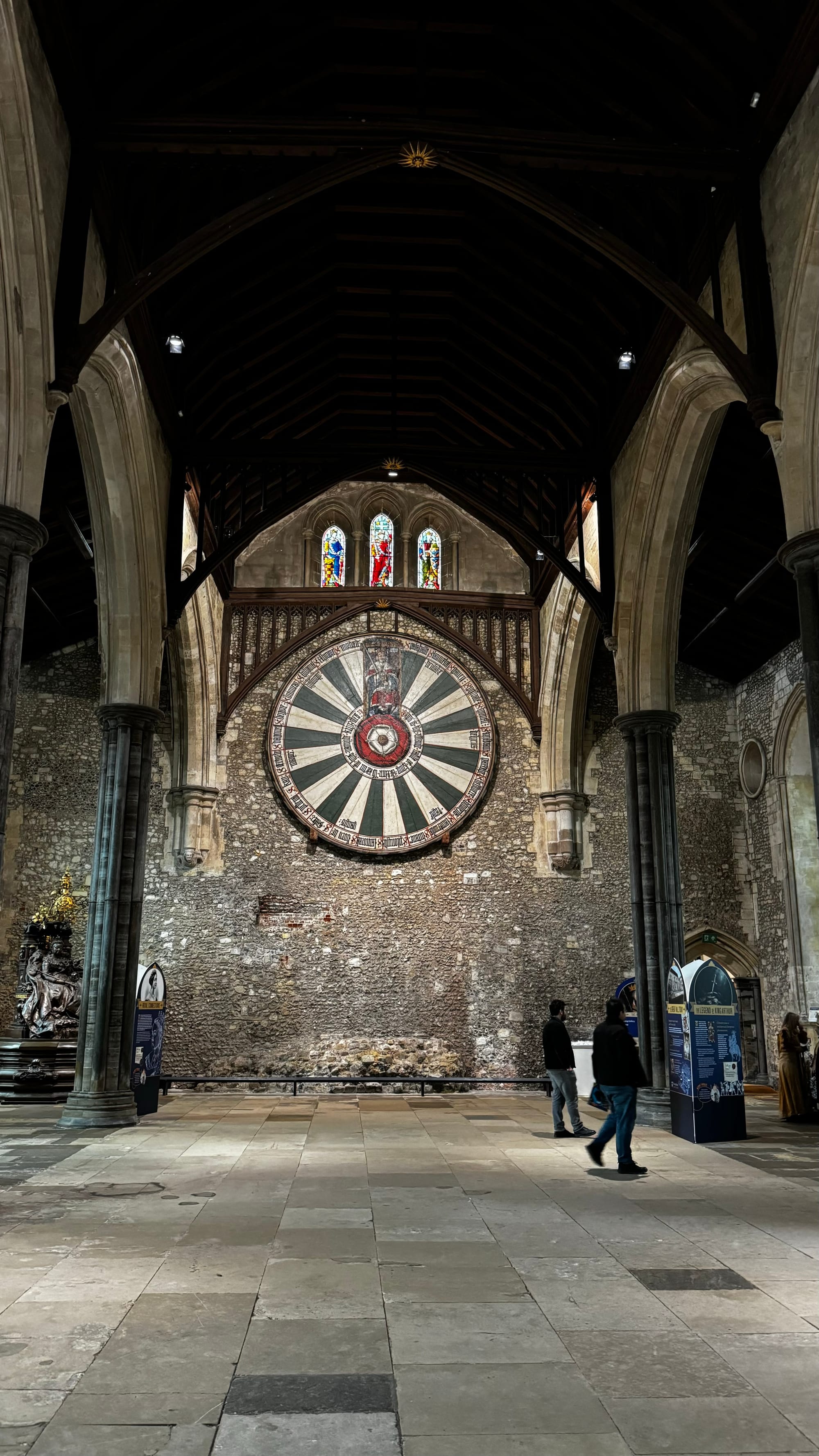
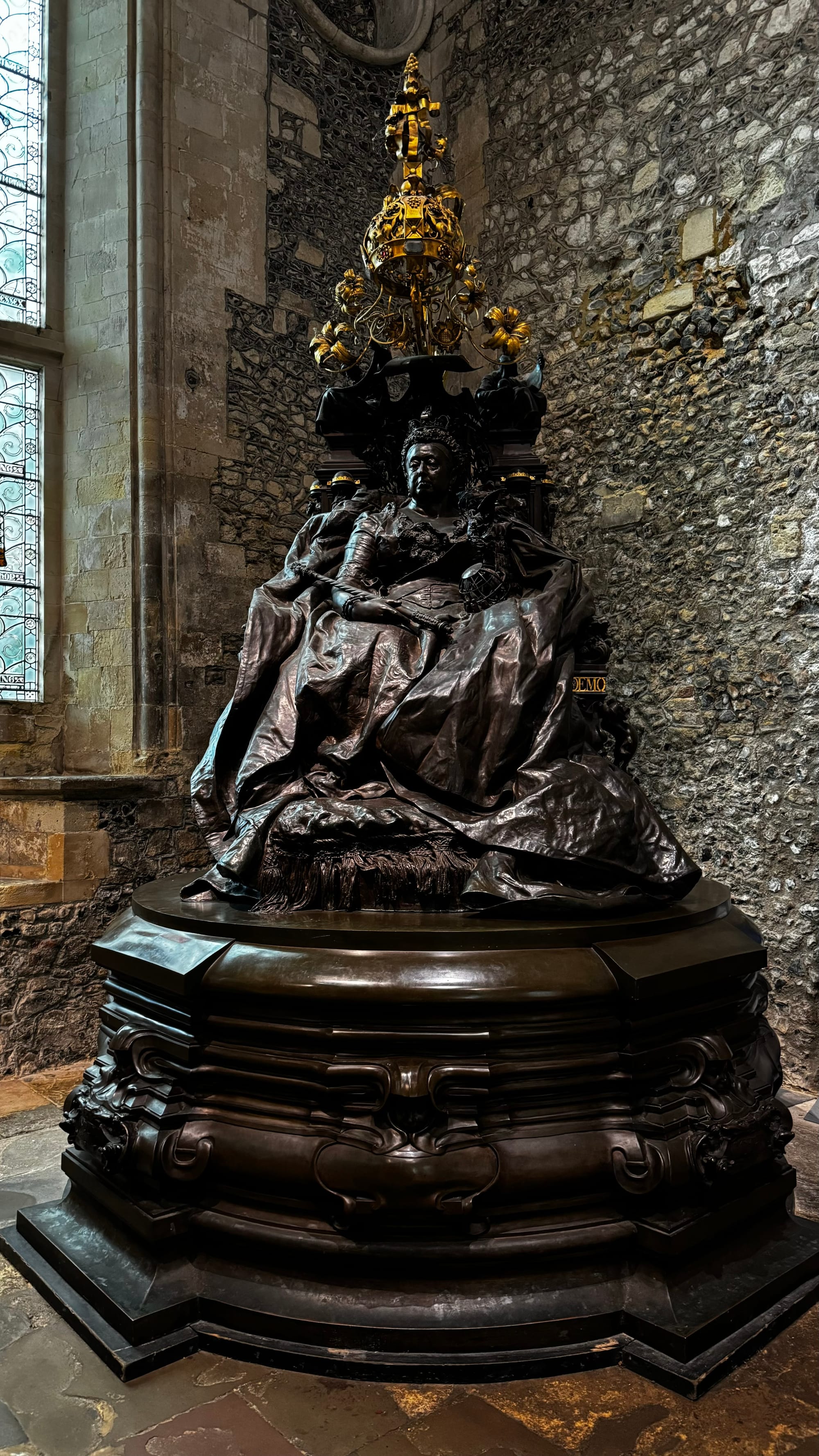
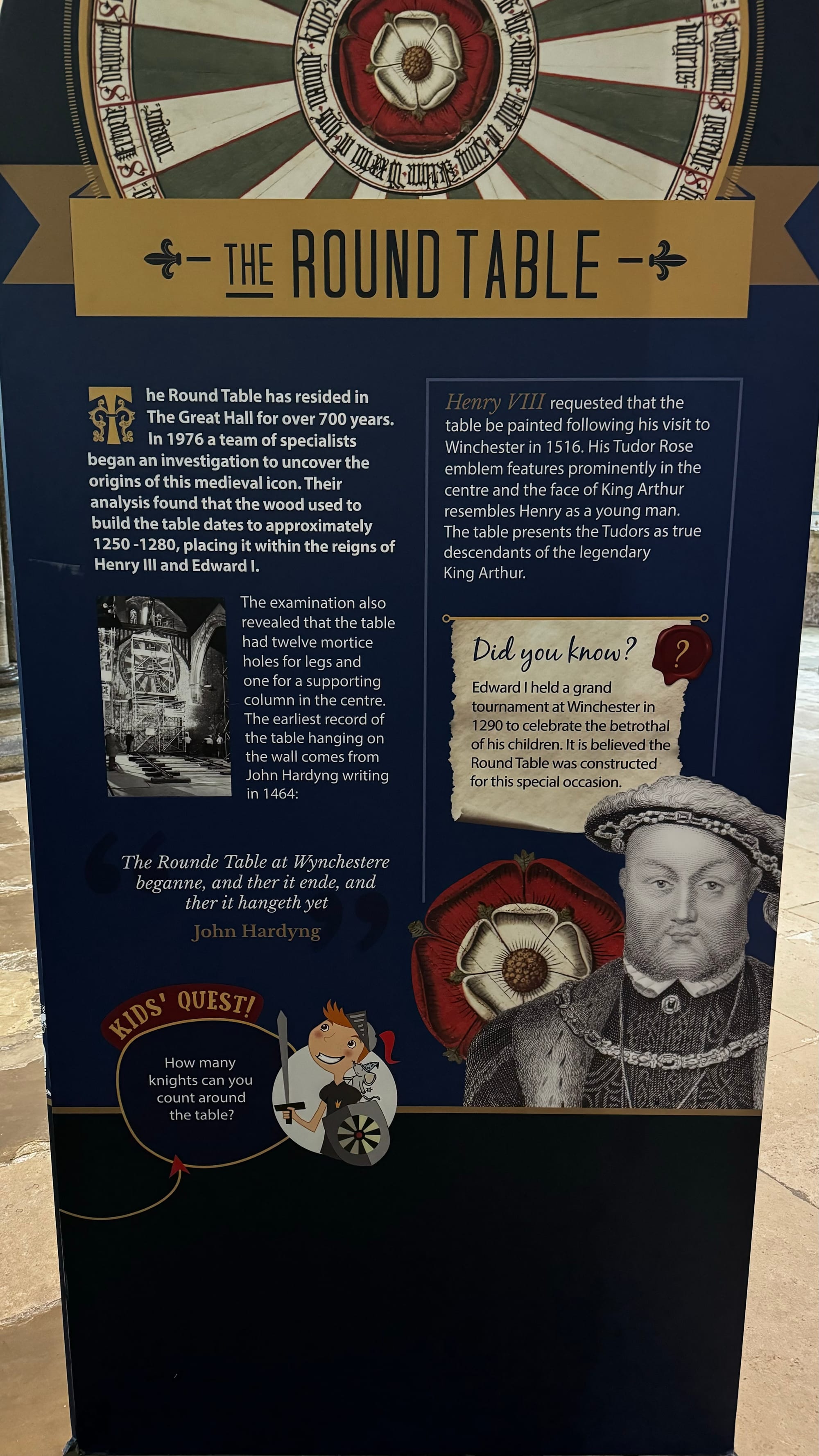
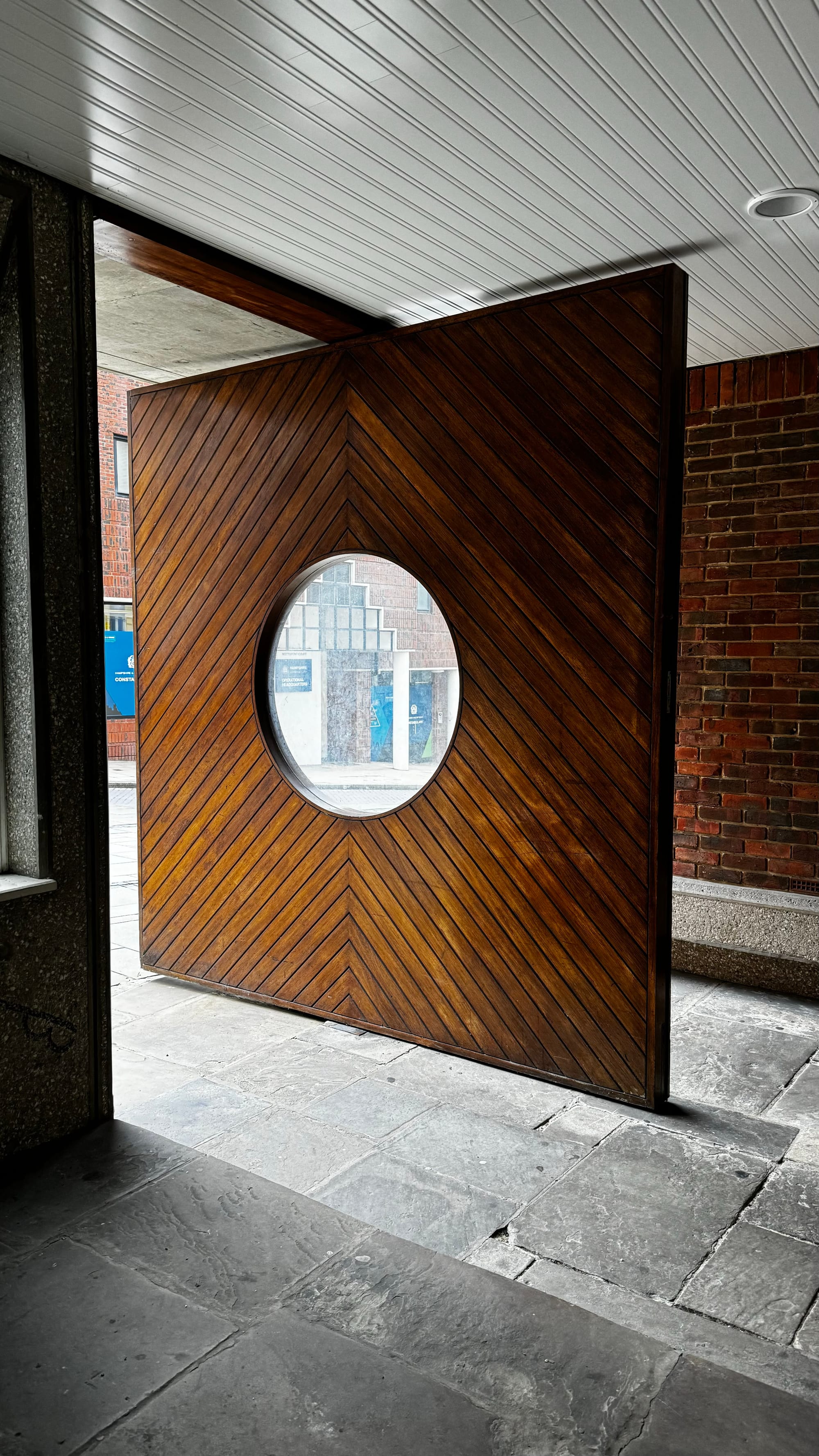
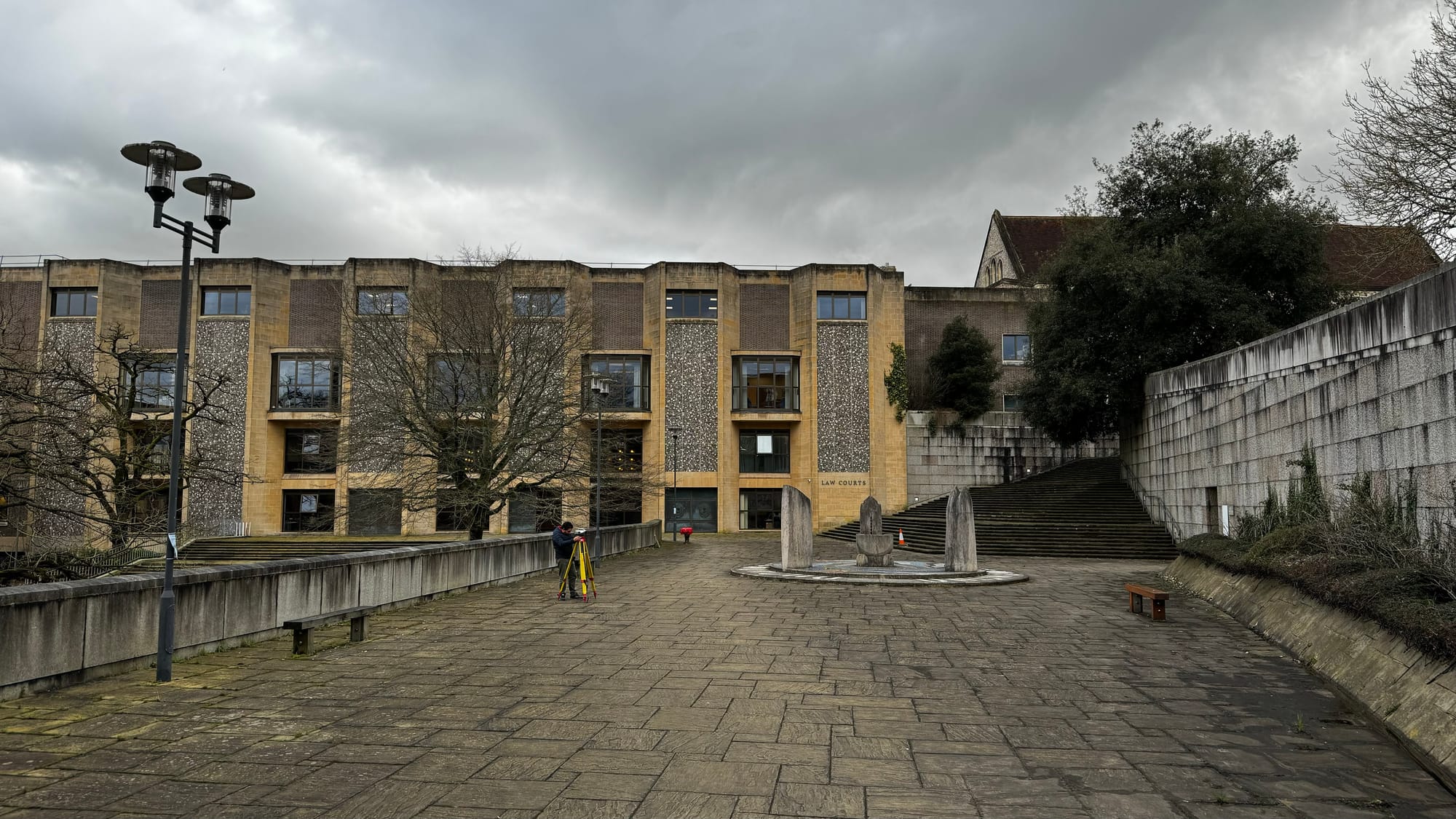
This brutalist-style building is attached to the Medieval Hall, which is on the right of the picture.
Saturday, we decided to visit Poole. It's the last major town in this area we've yet to see, and our friends Iain and Kate are from there, so we thought it would be fun to have a look. It's an interesting working harbour still. It's very sheltered, so there are lots of yachts and boat yards, and it's also where Sunseeker yachts are built. We enjoyed seeing so many expensive superyachts in various stages of fit-out. A walk around the harbour and past some boat houses. Fish and chips for lunch (great fish, average chips), and then we headed back to our house sit.
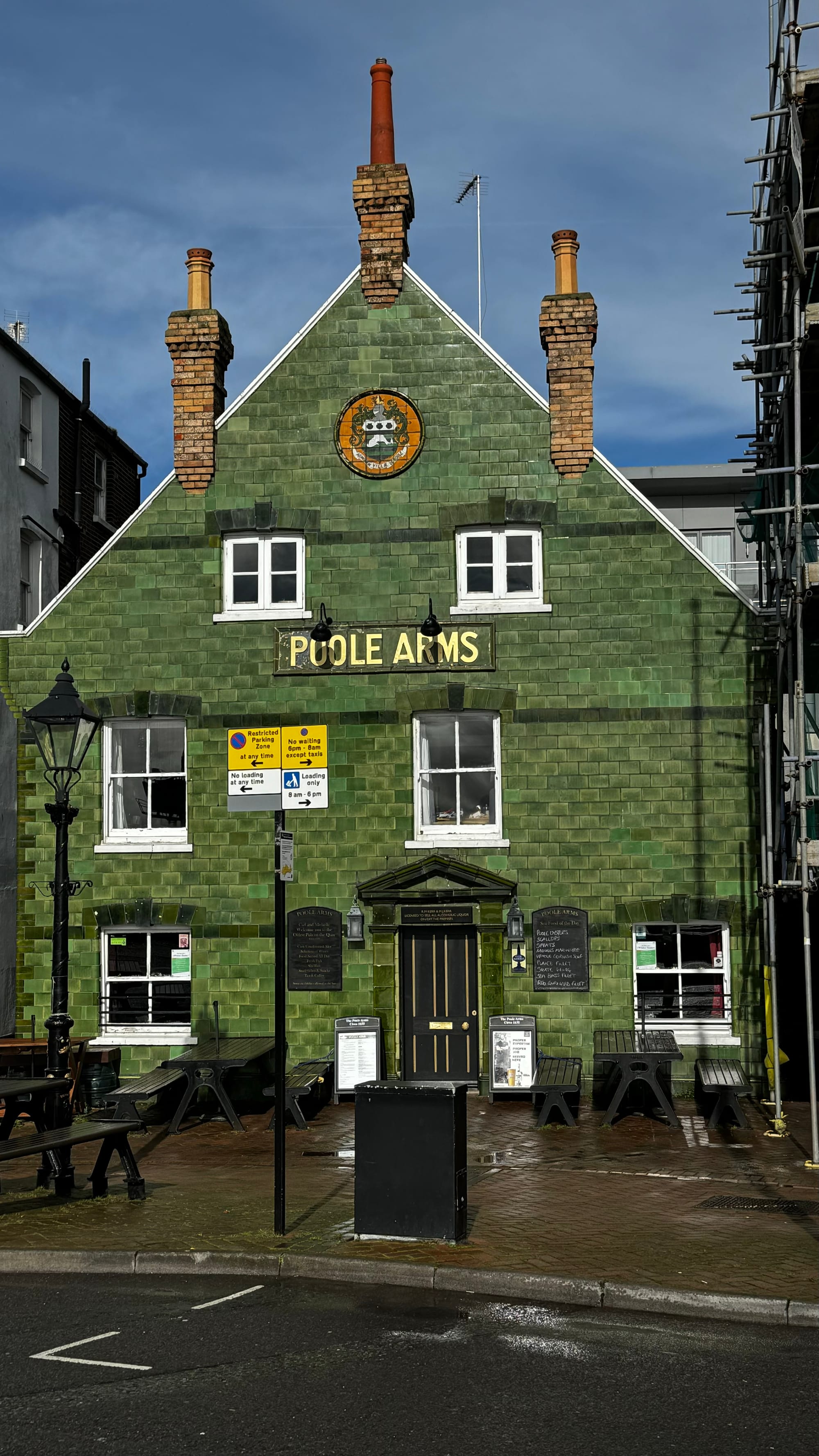
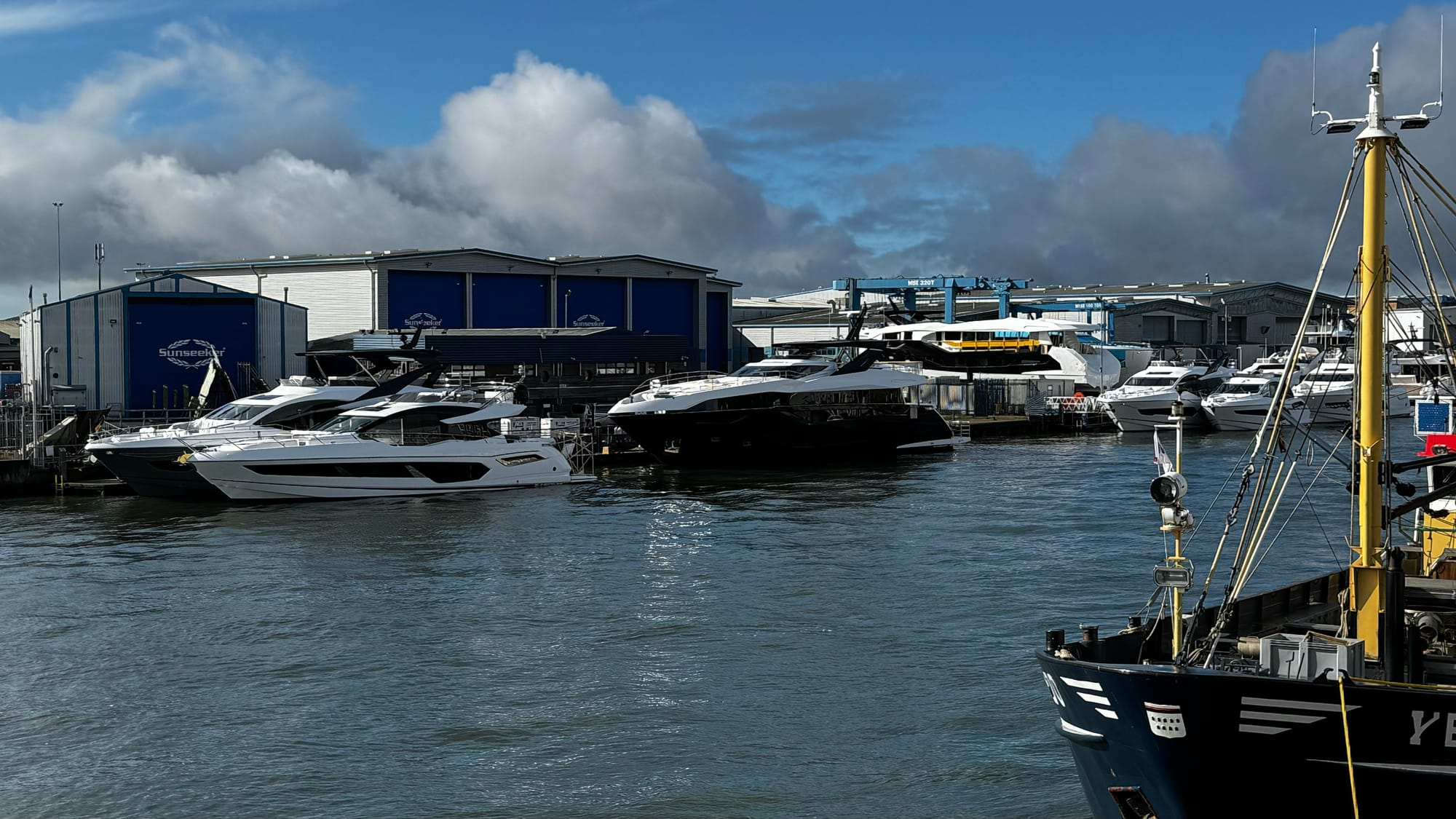
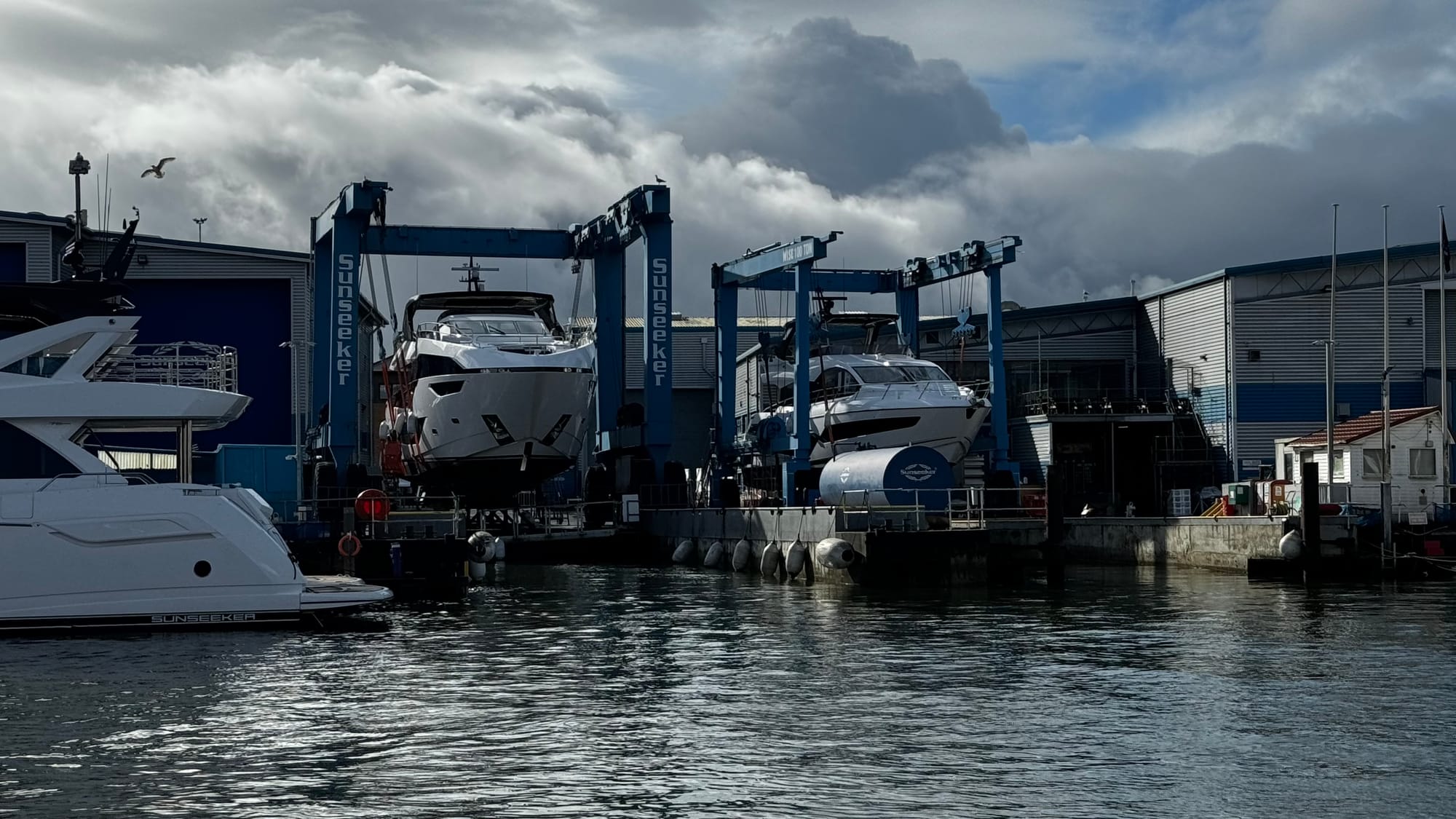
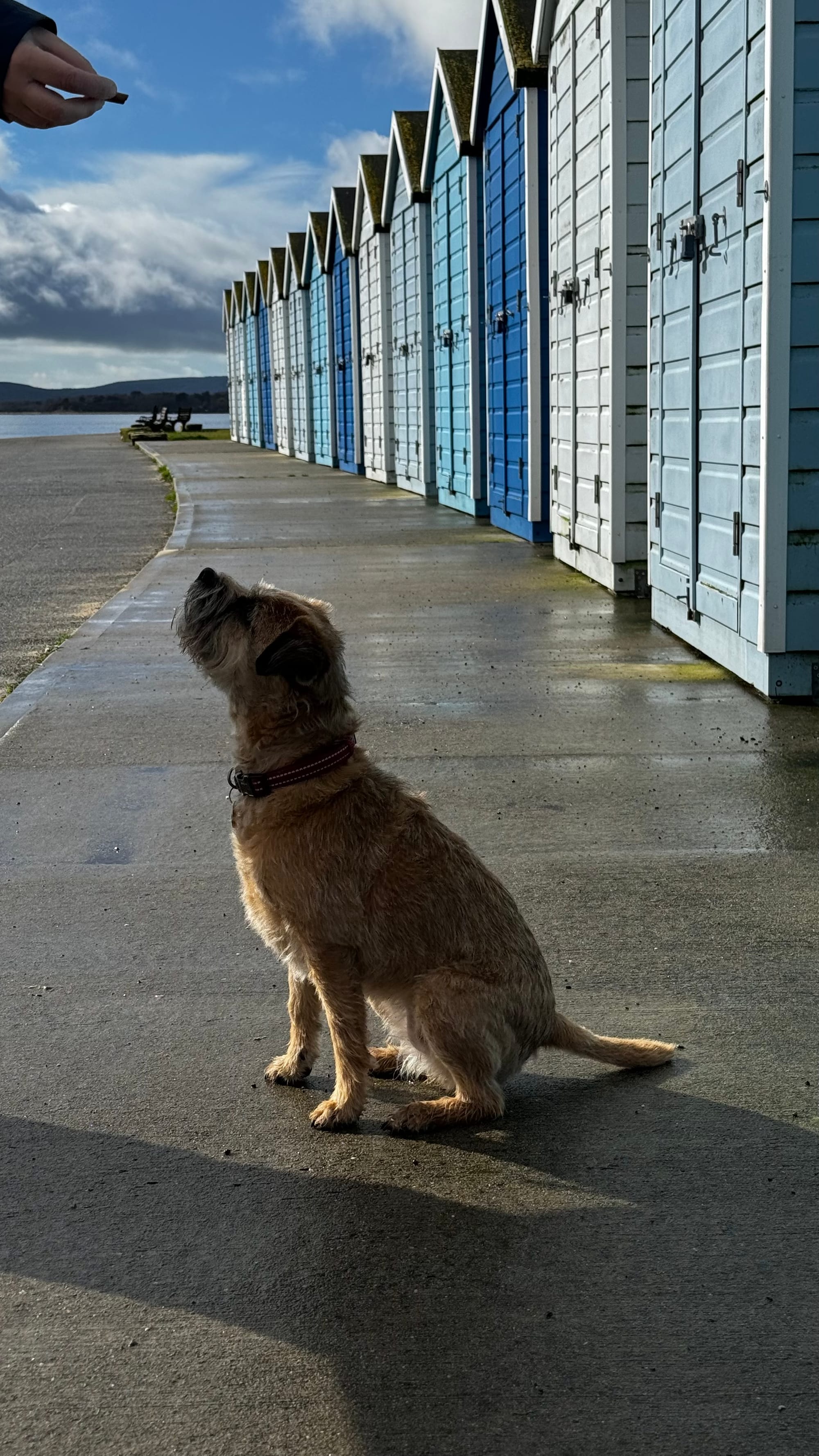
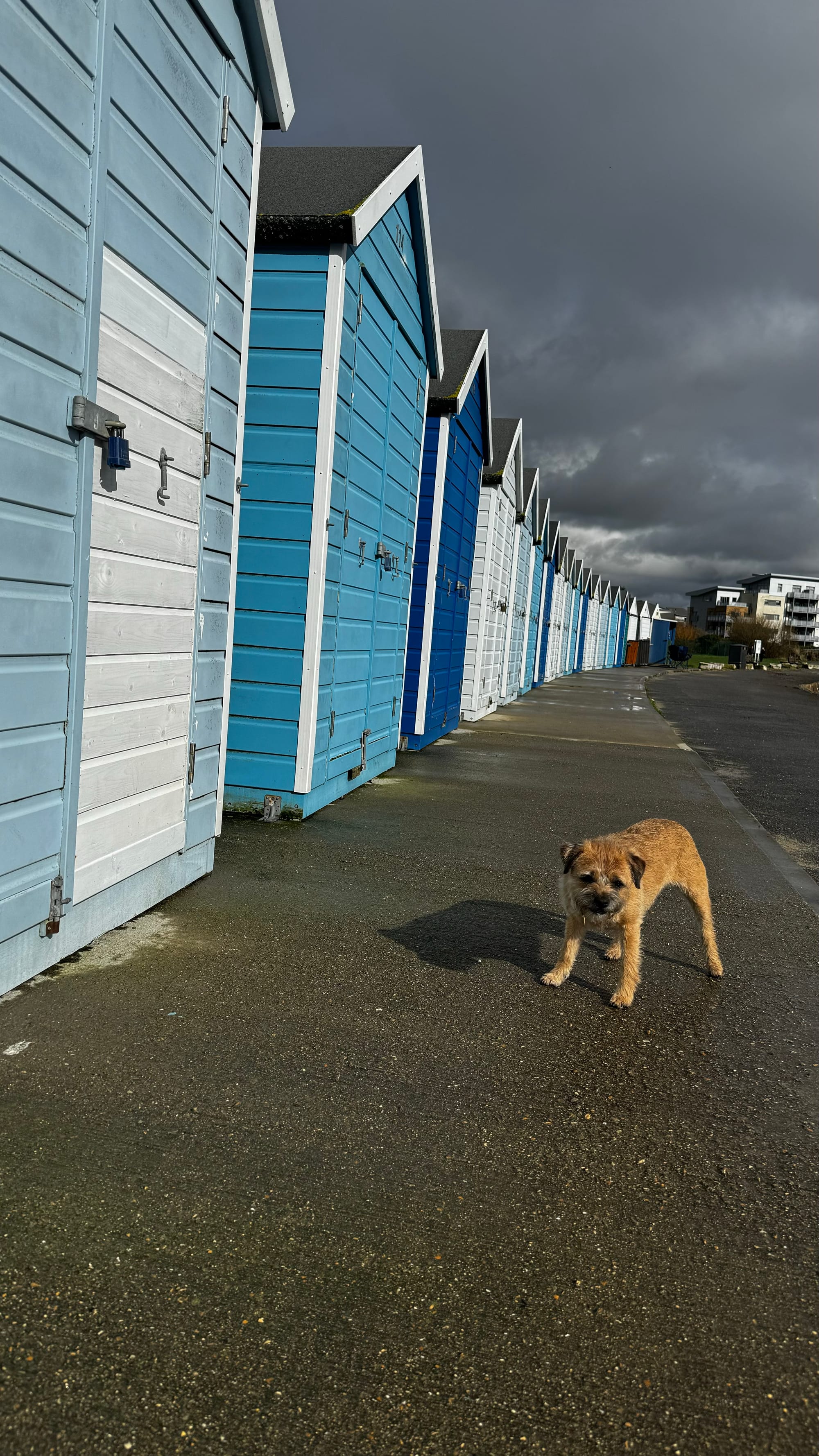
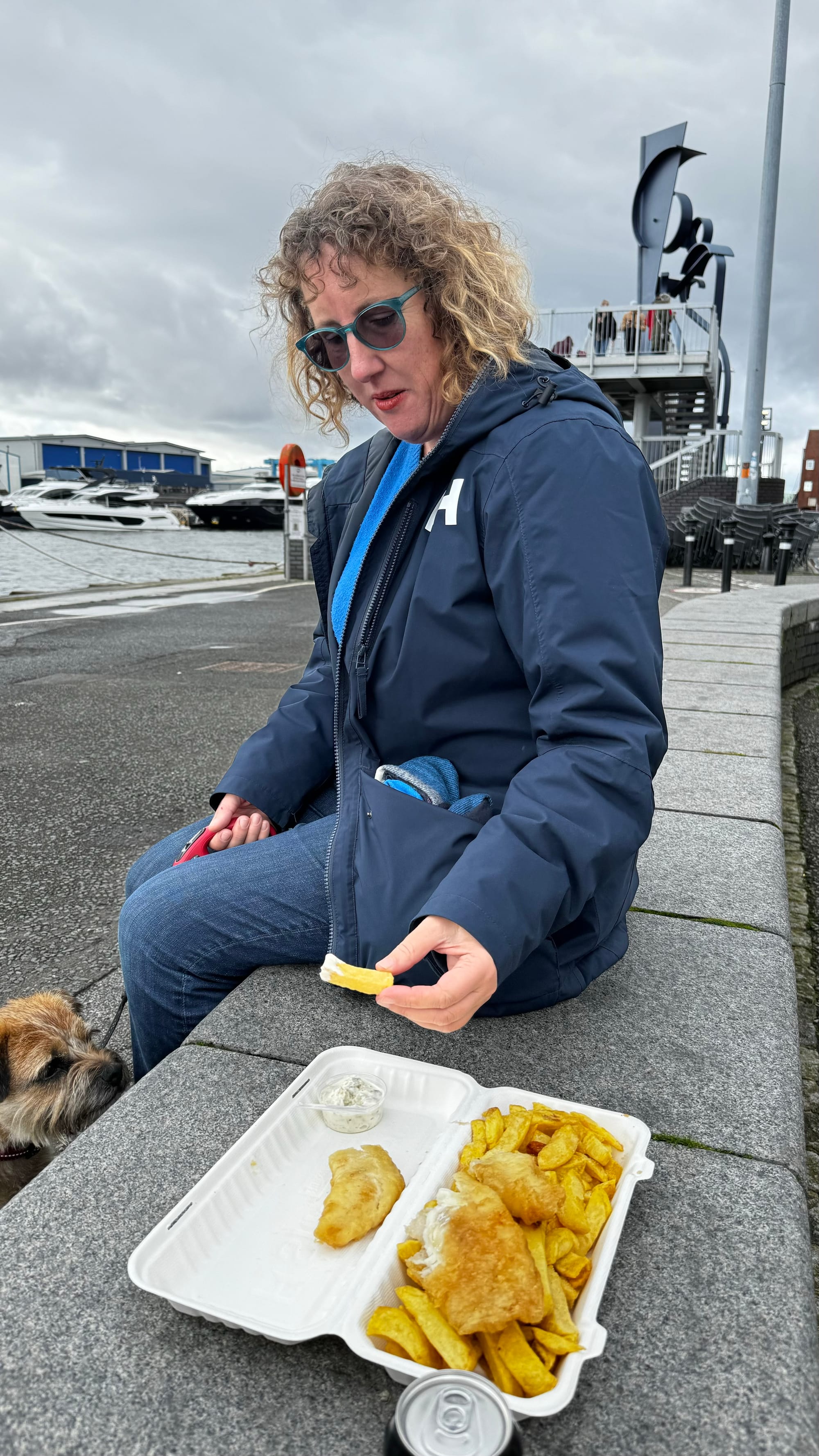
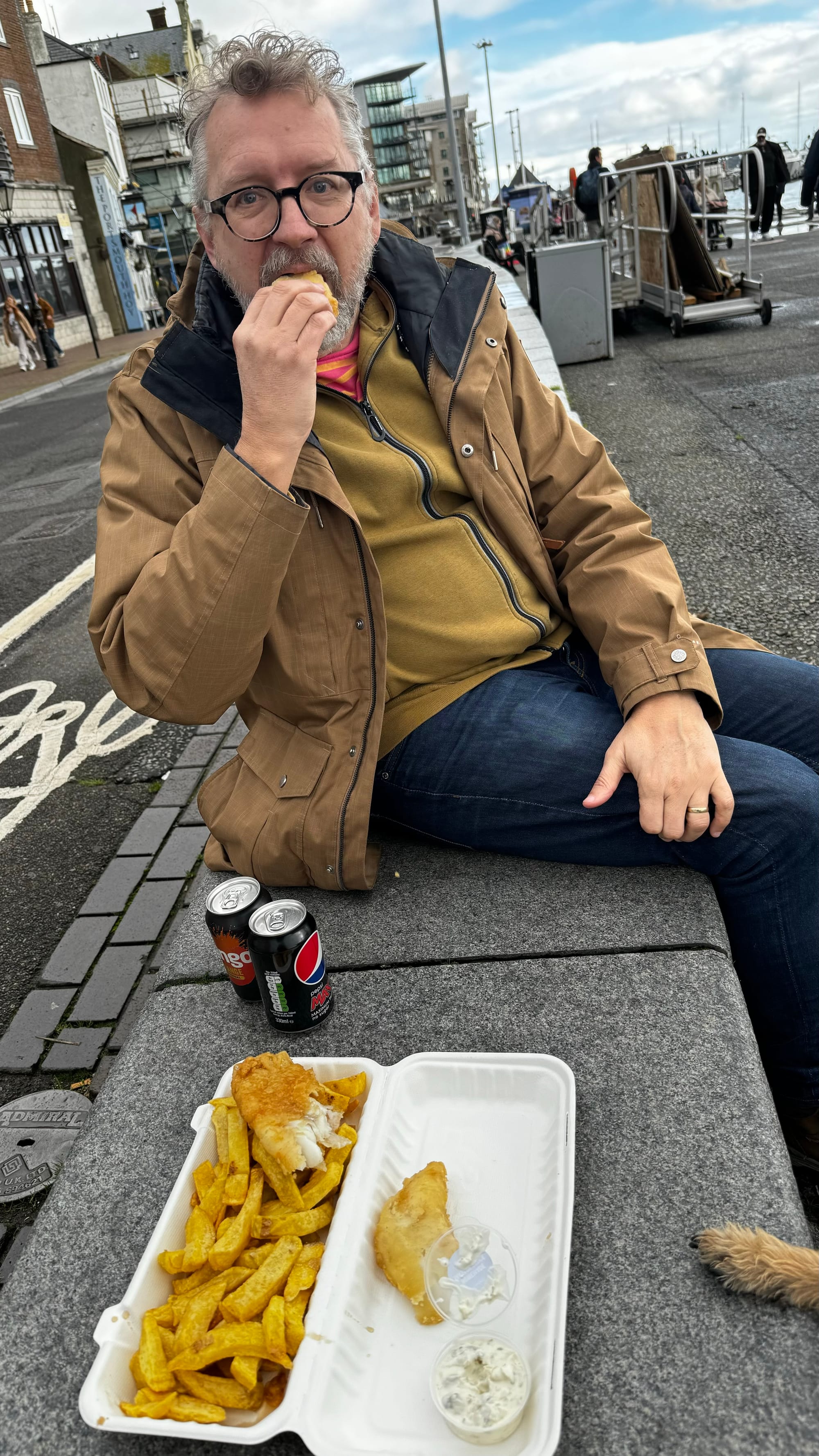
Poole port
Sunday is a relaxed day, and we'll clean the house a bit, take the dog out for a walk and then hopefully see a movie in Salisbury.
Monday, we're off in the morning and driving down to near Torquay to visit Claire and Ollie before heading back to Mytilene on Wednesday. Phew! A busy little time.
